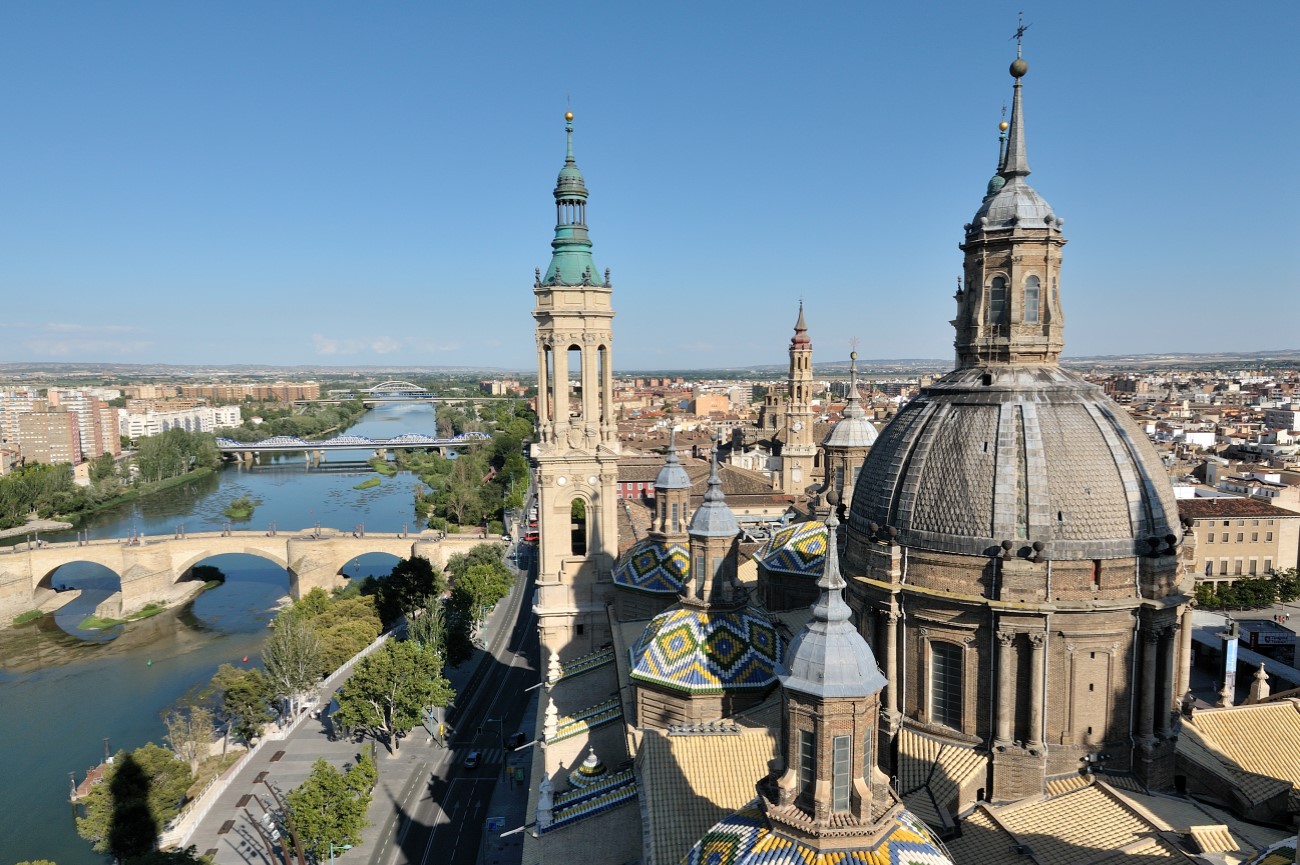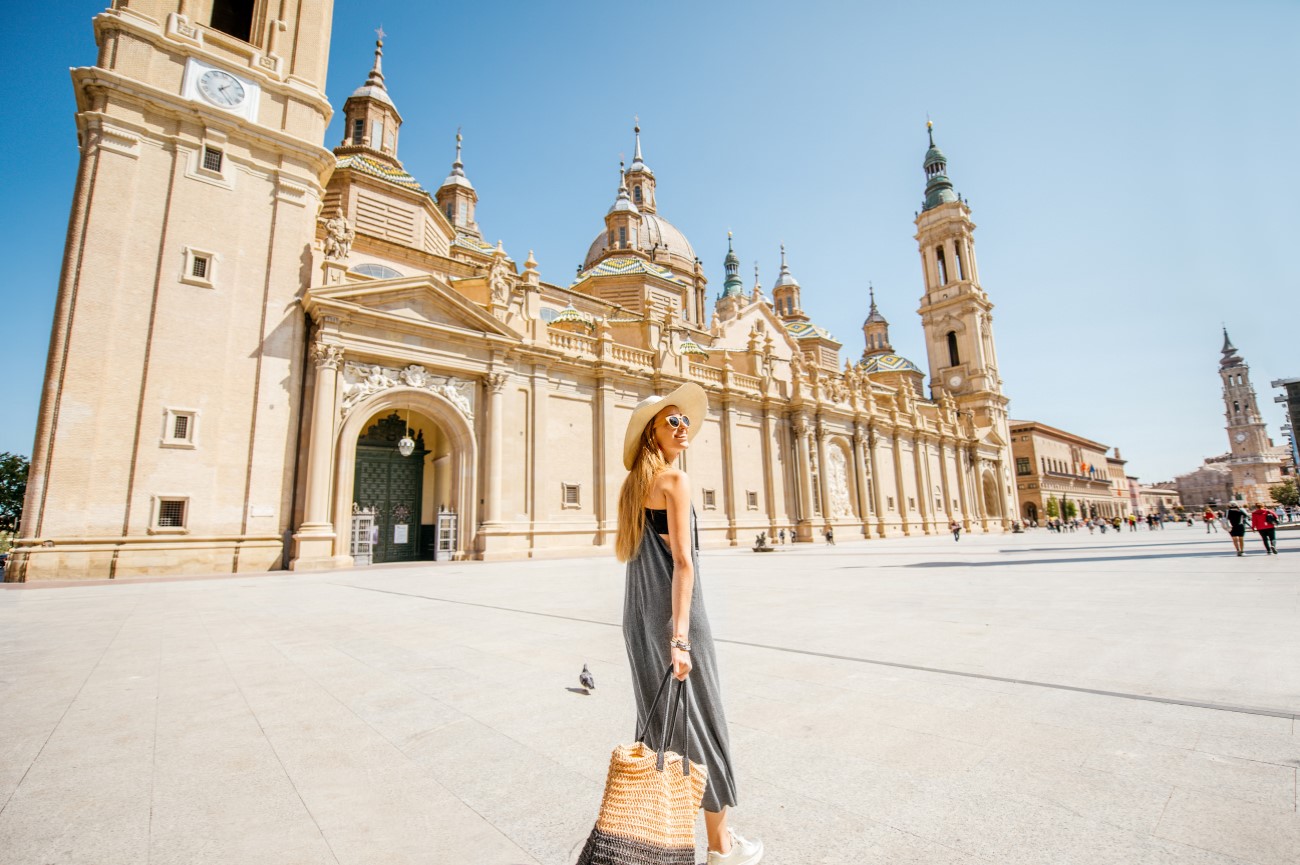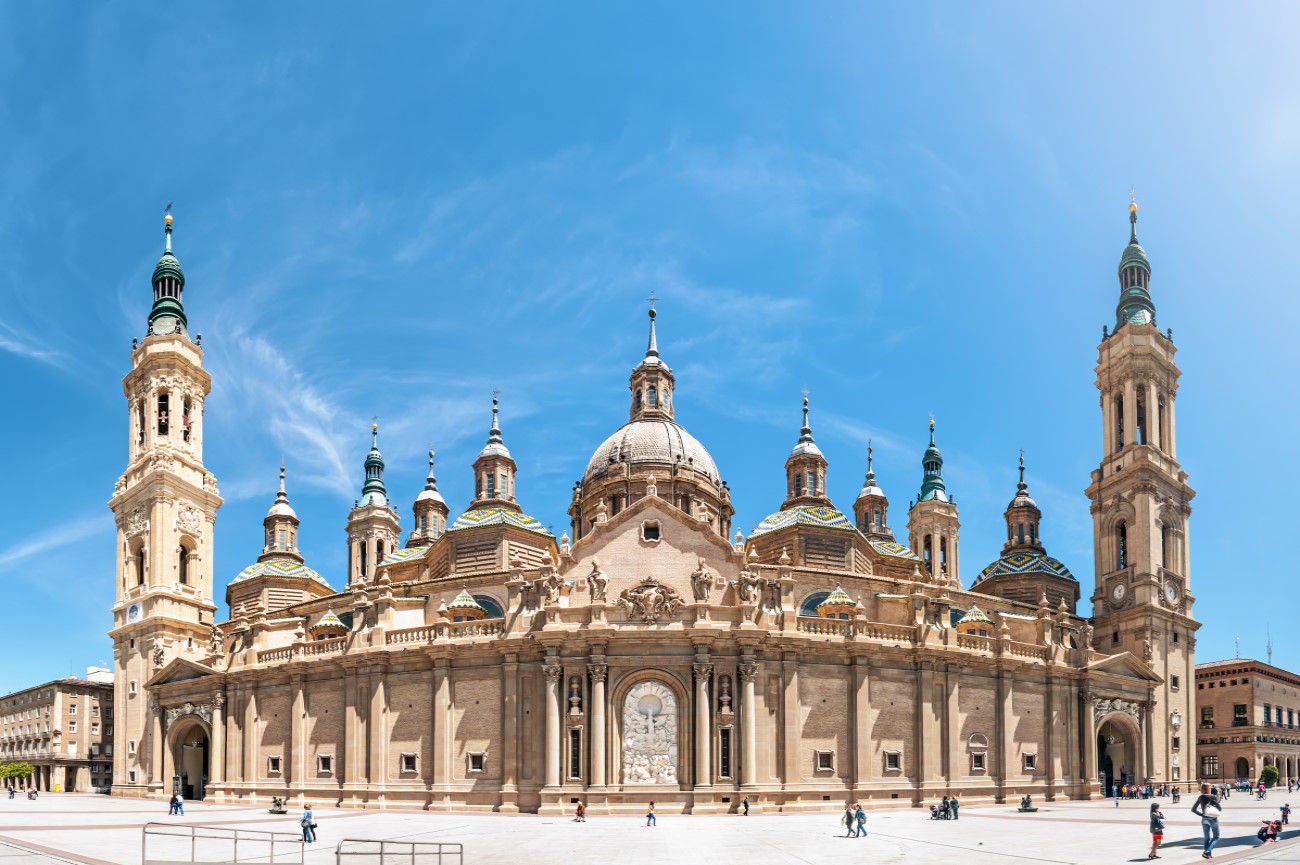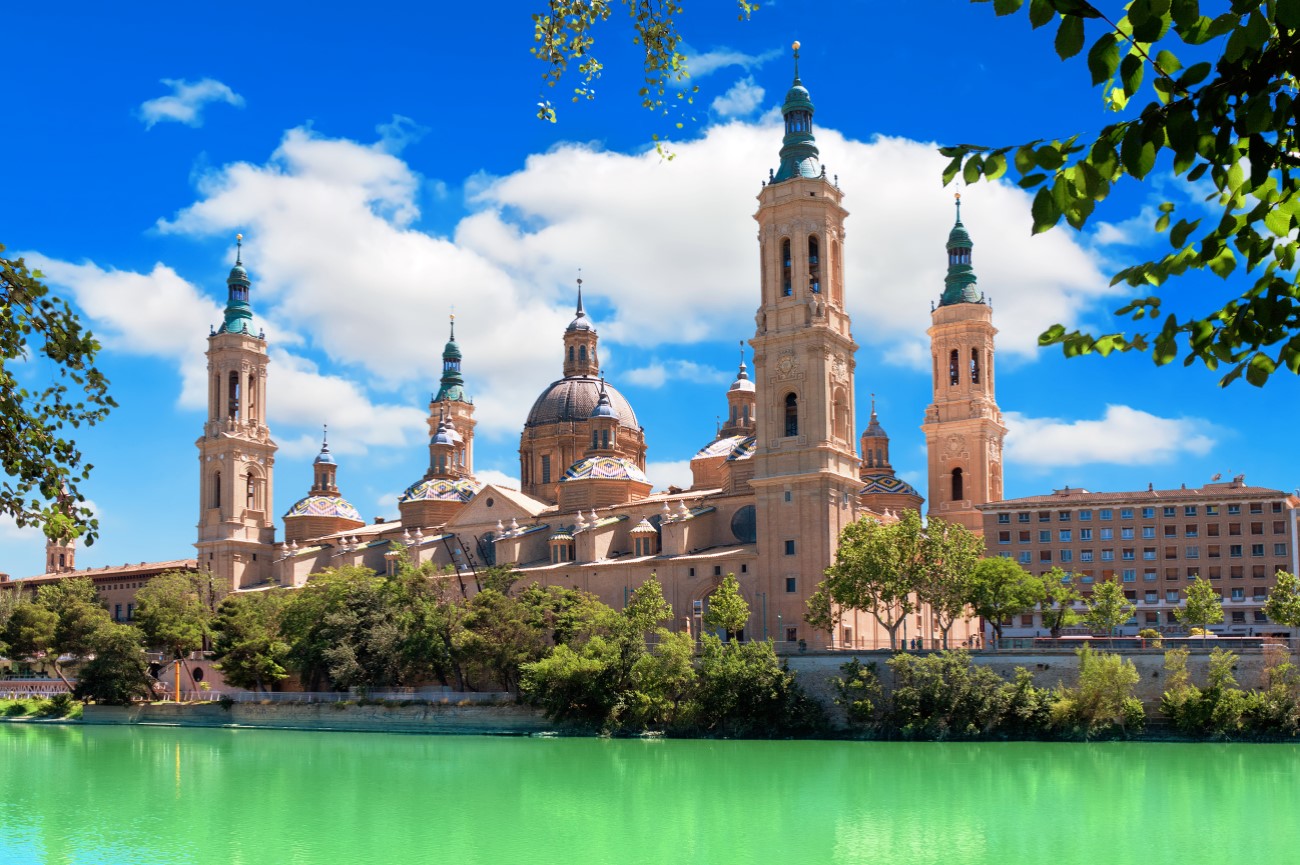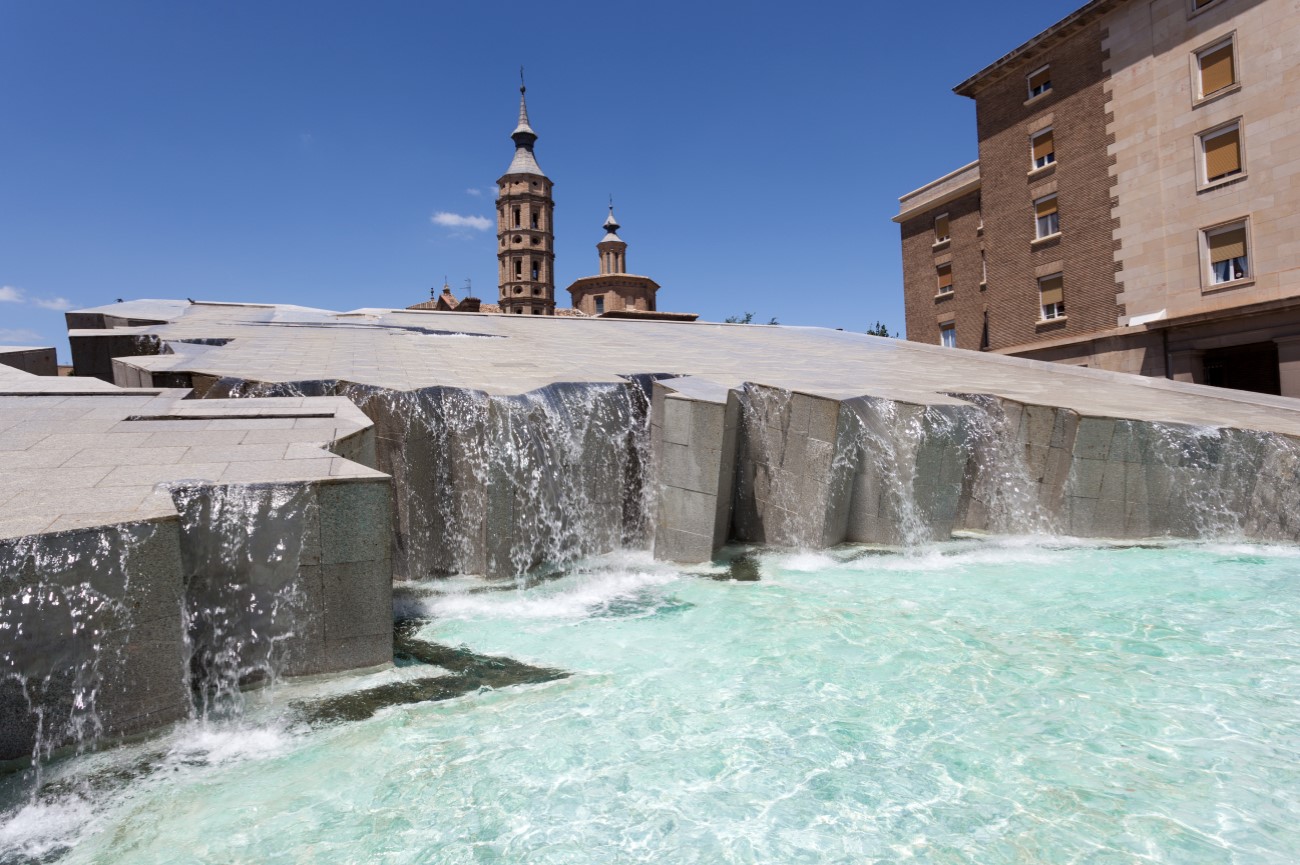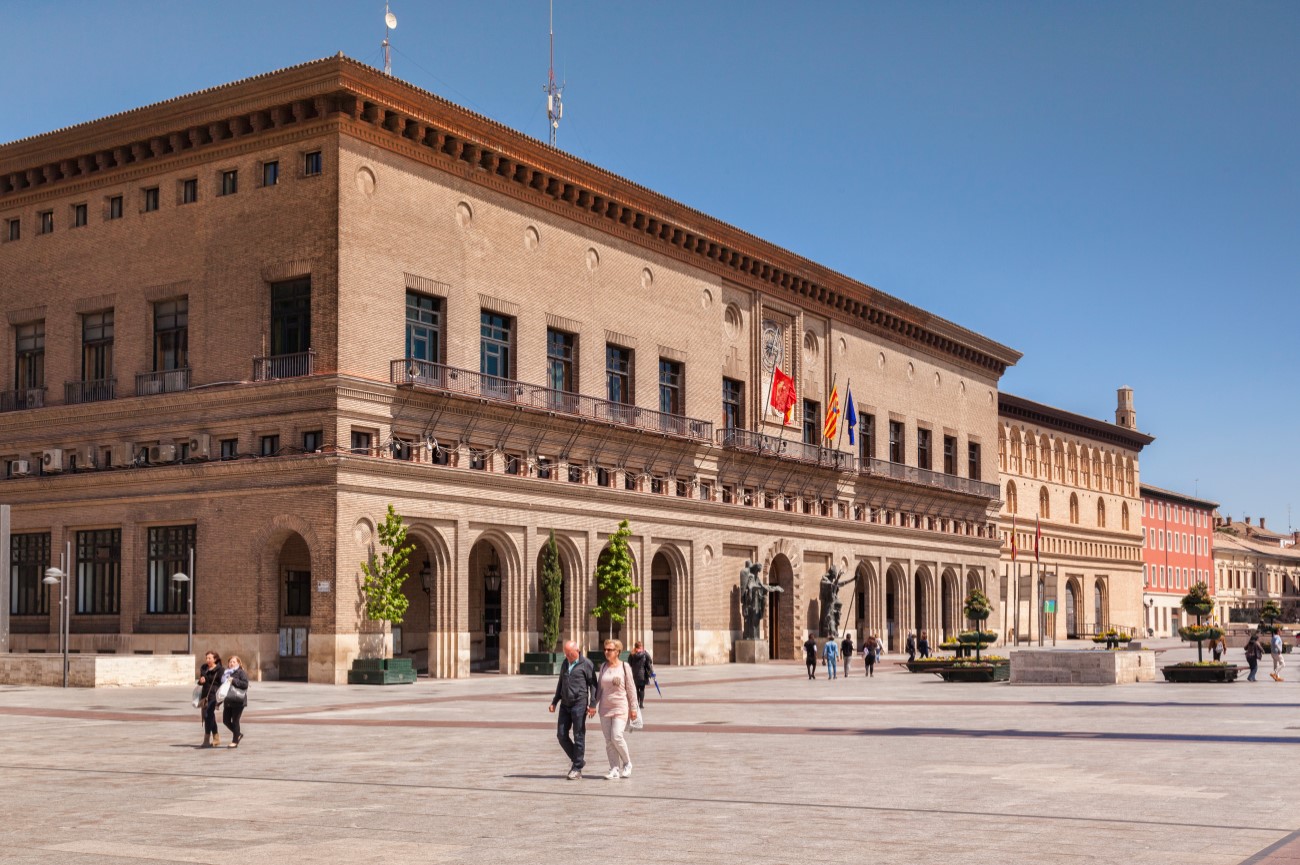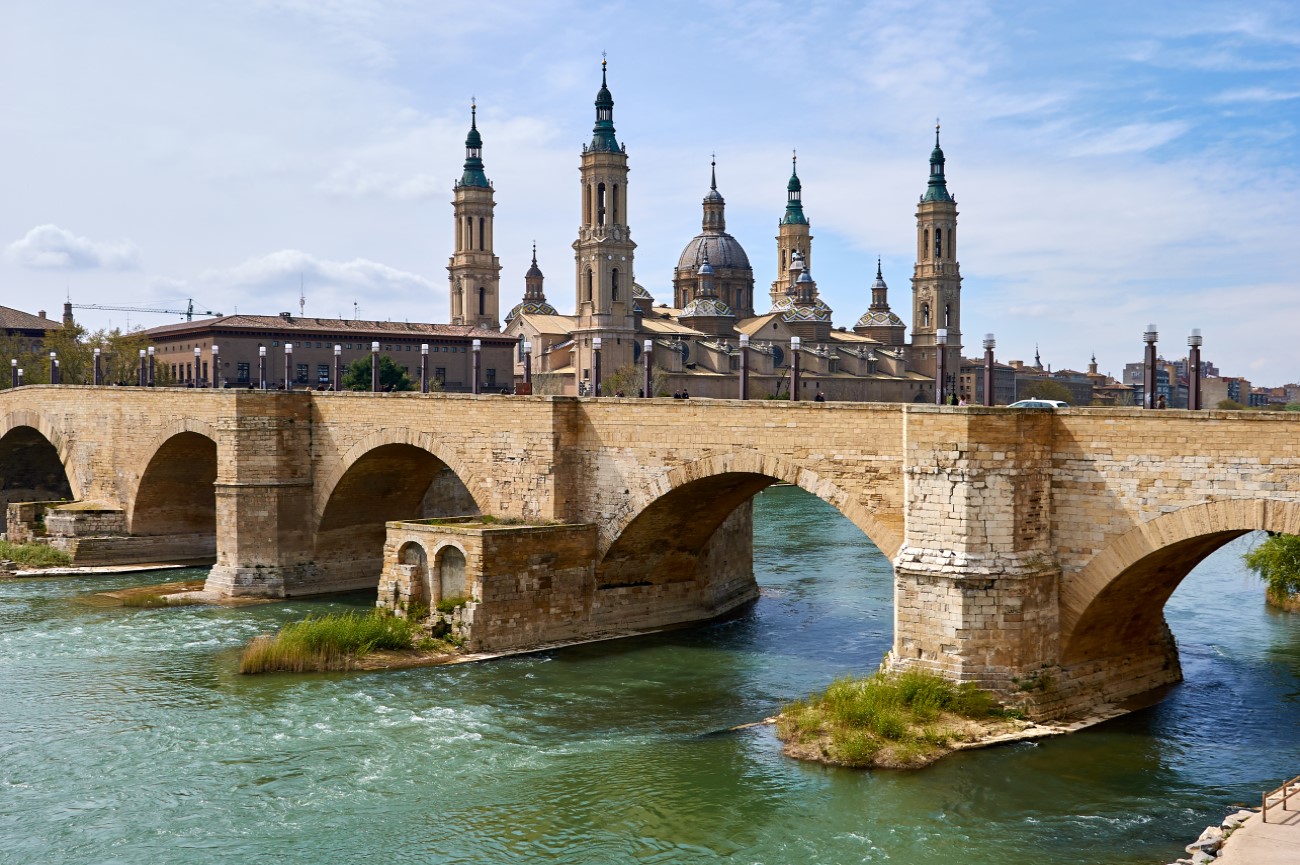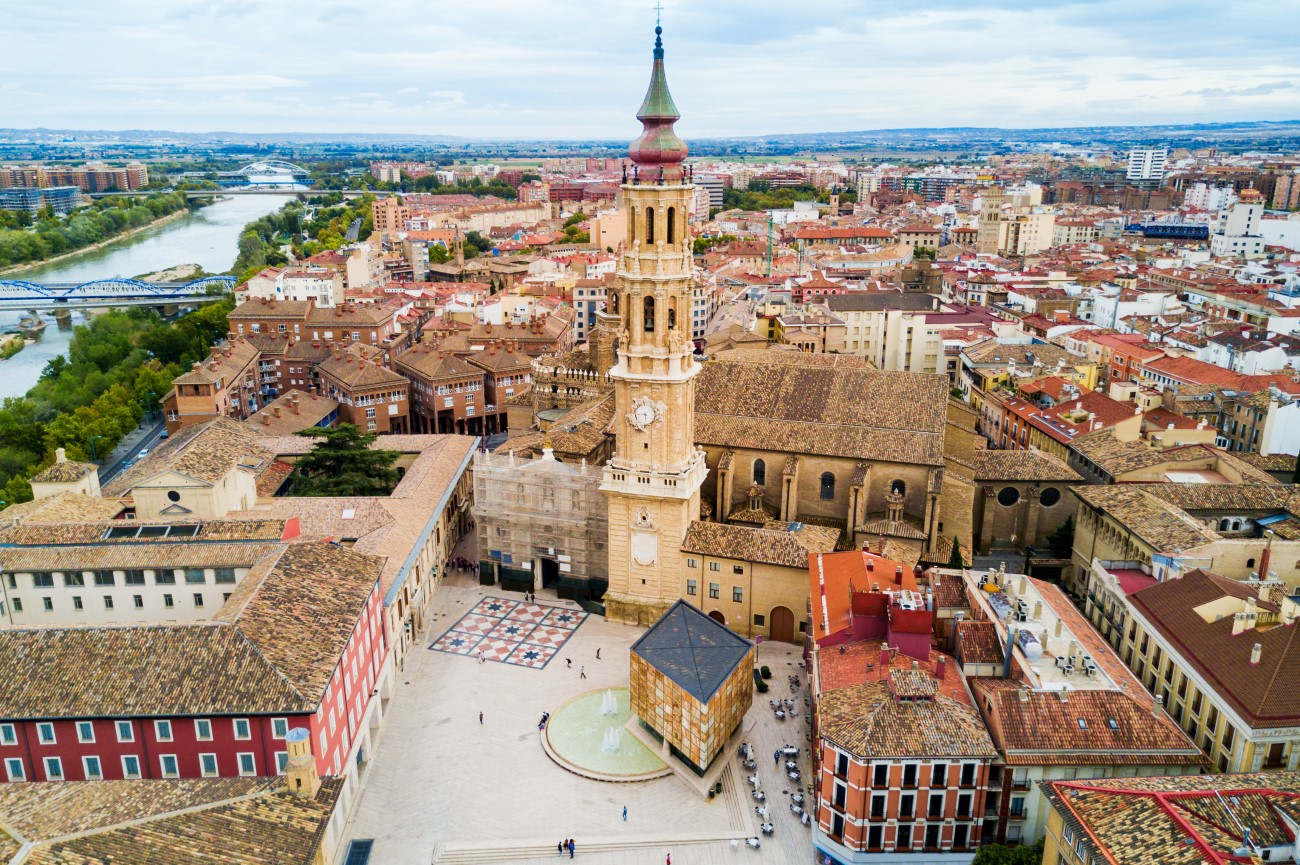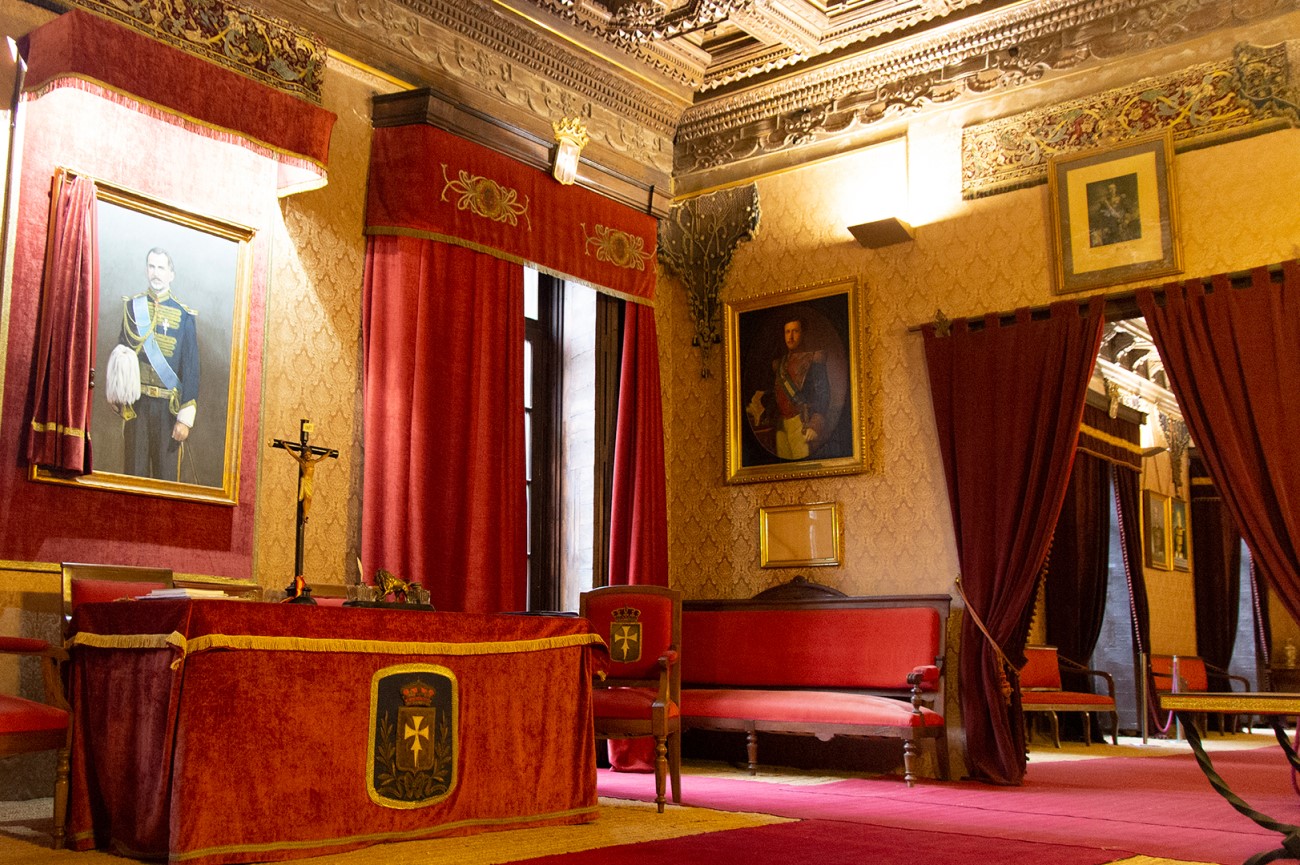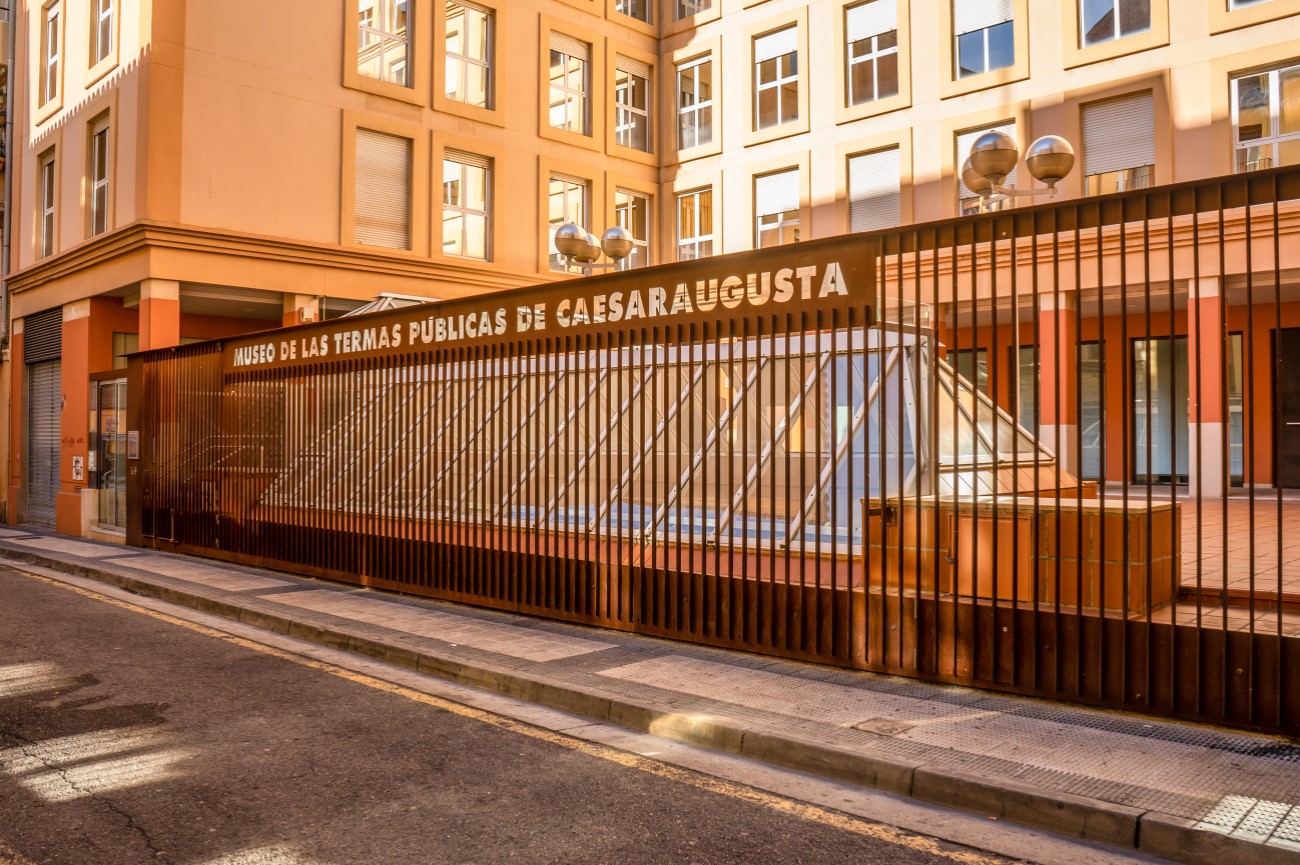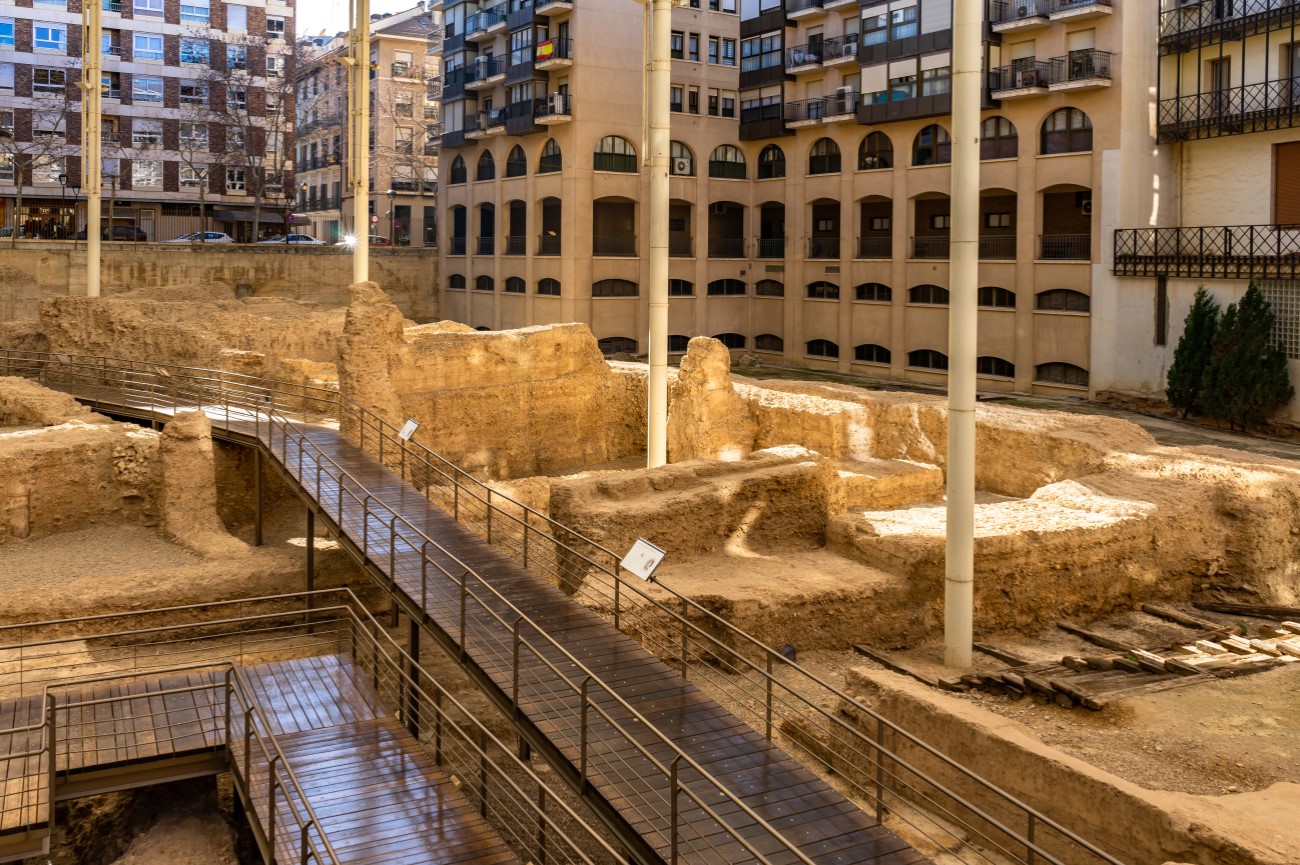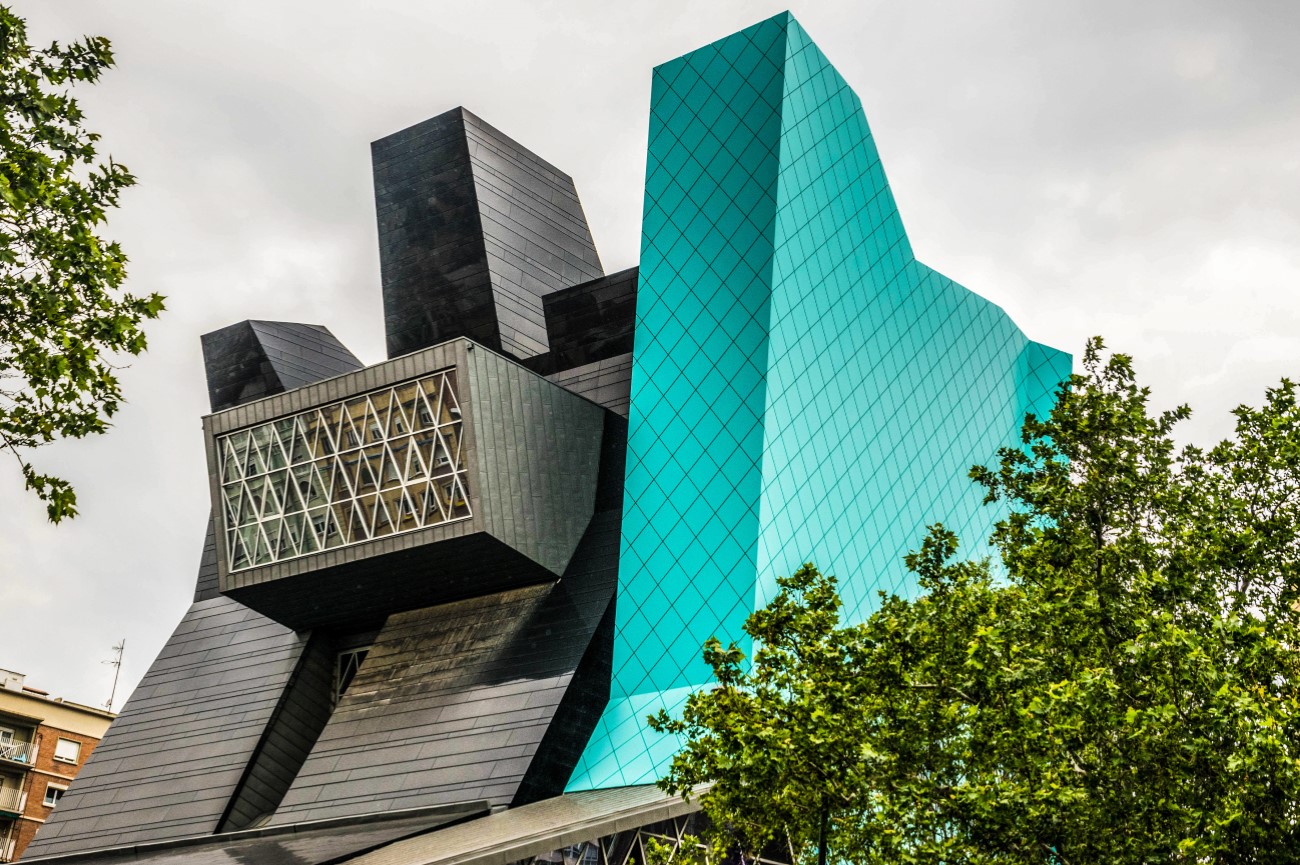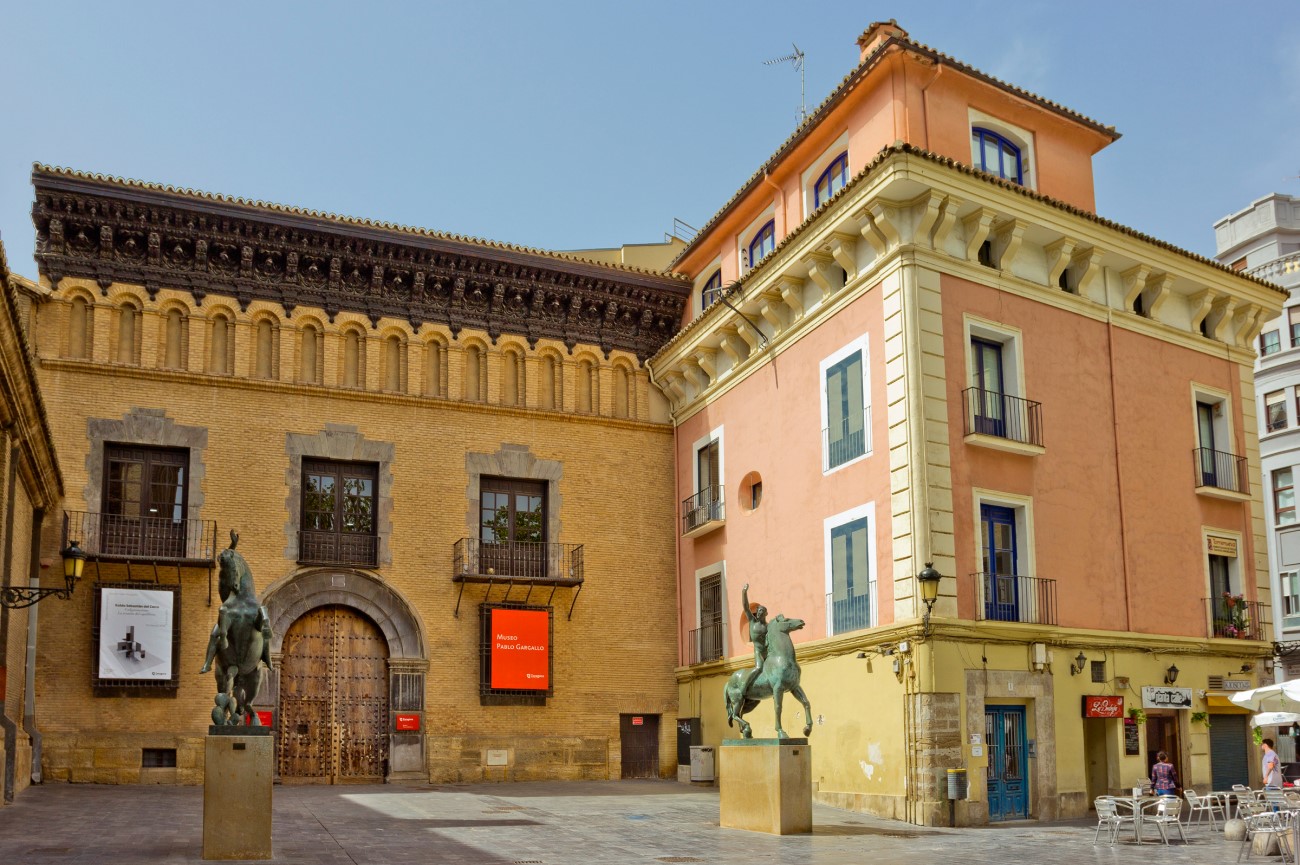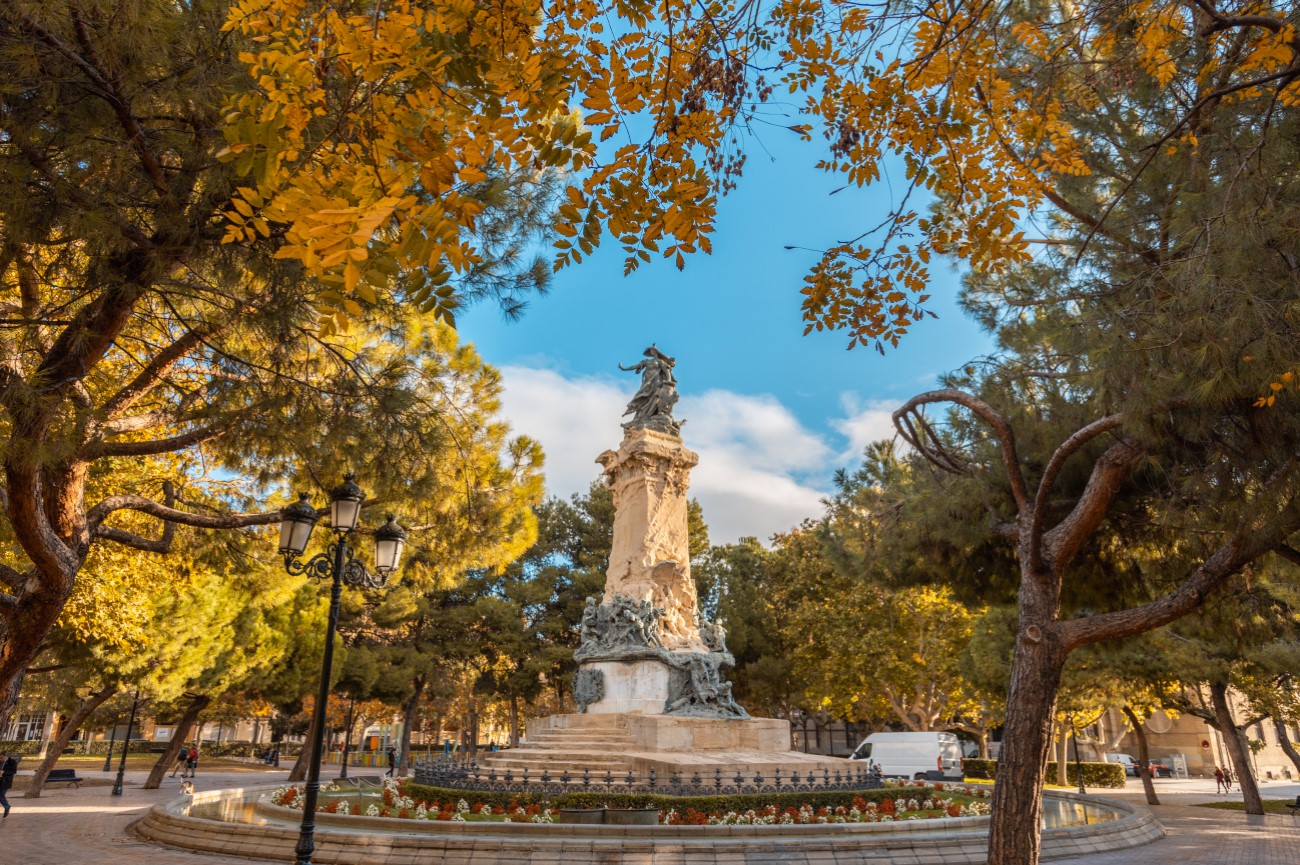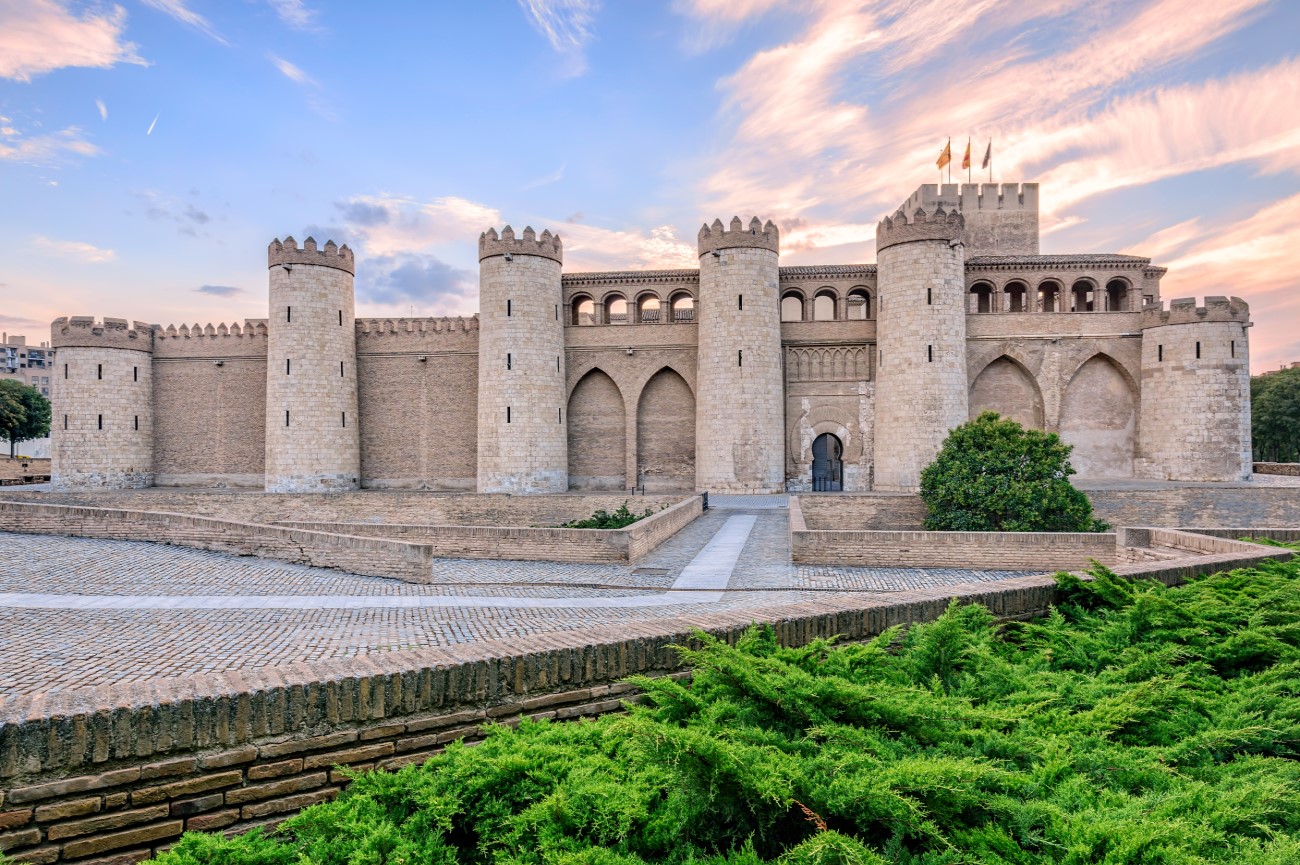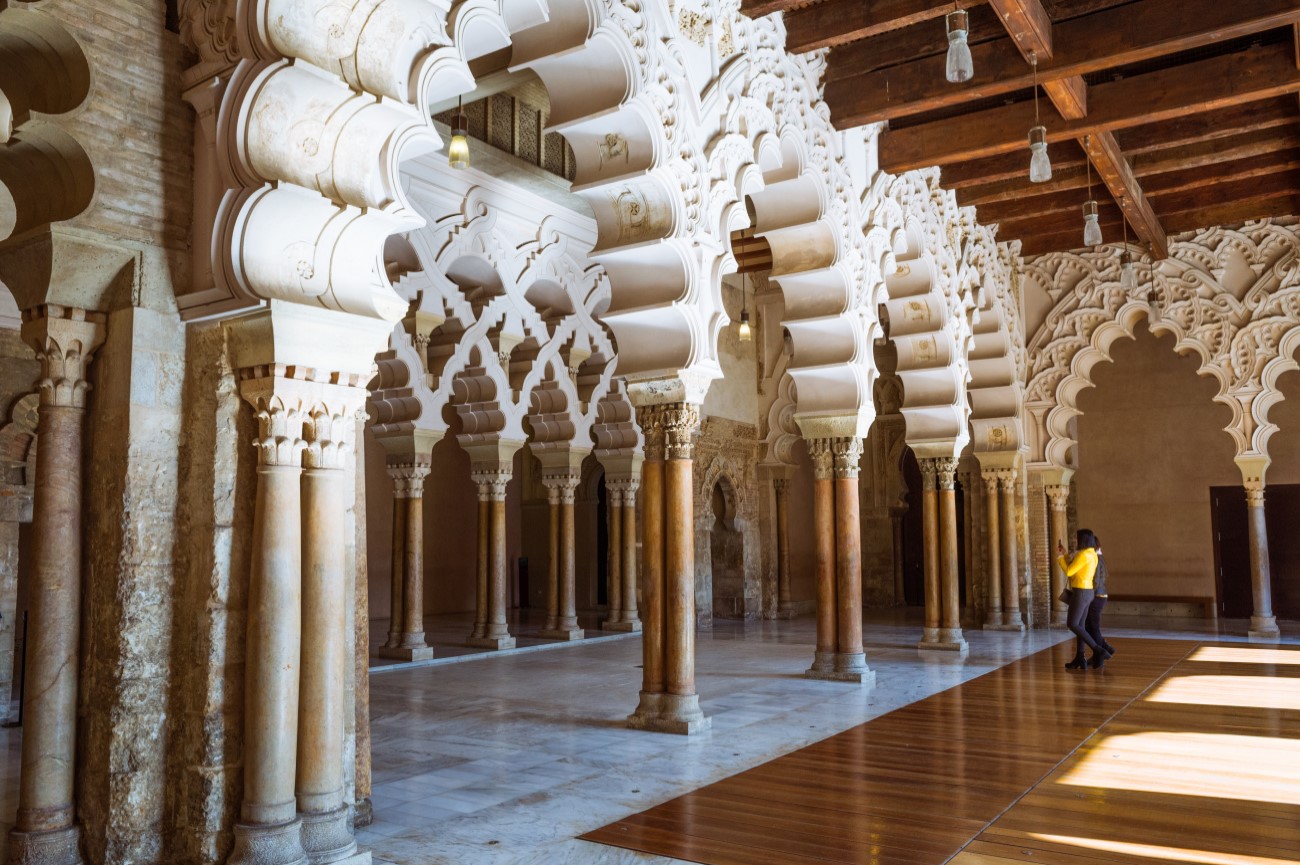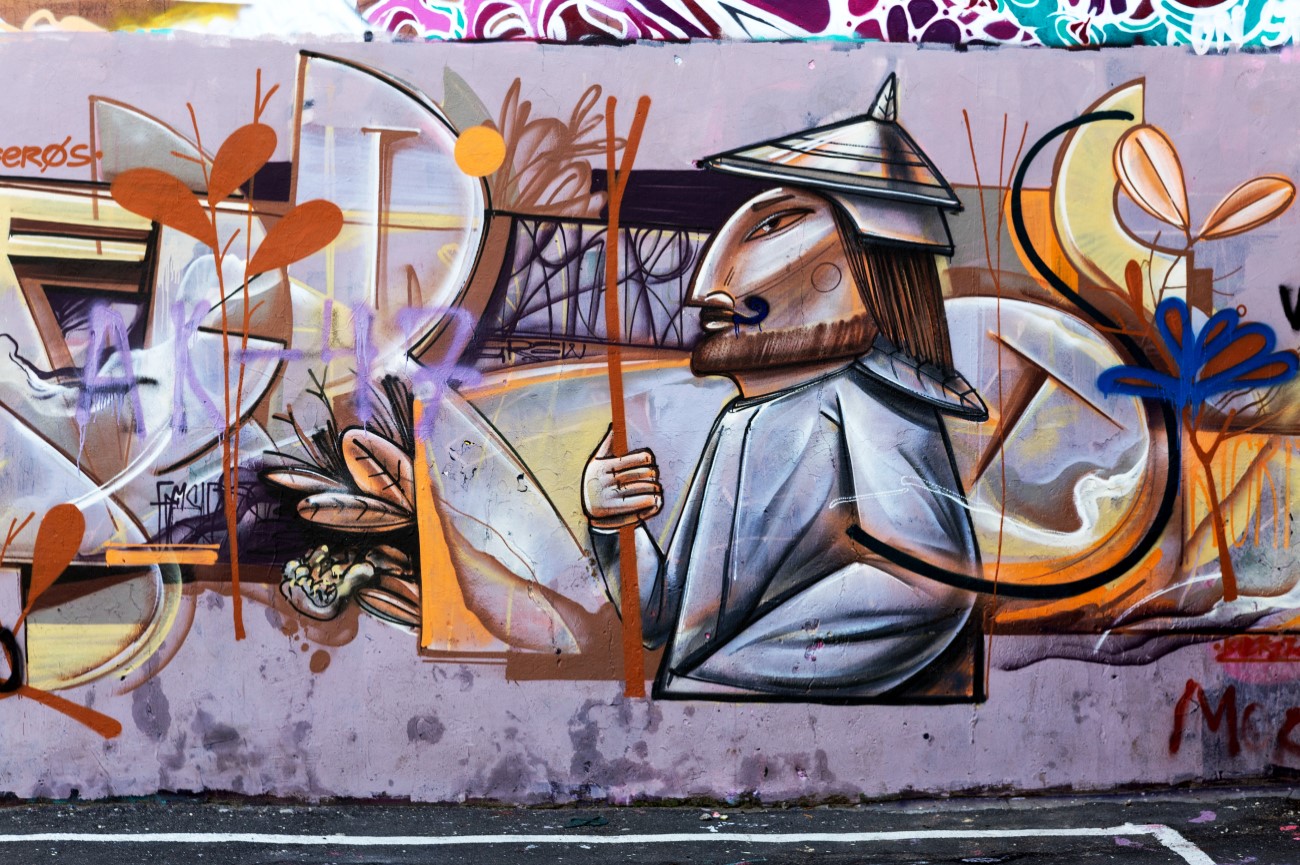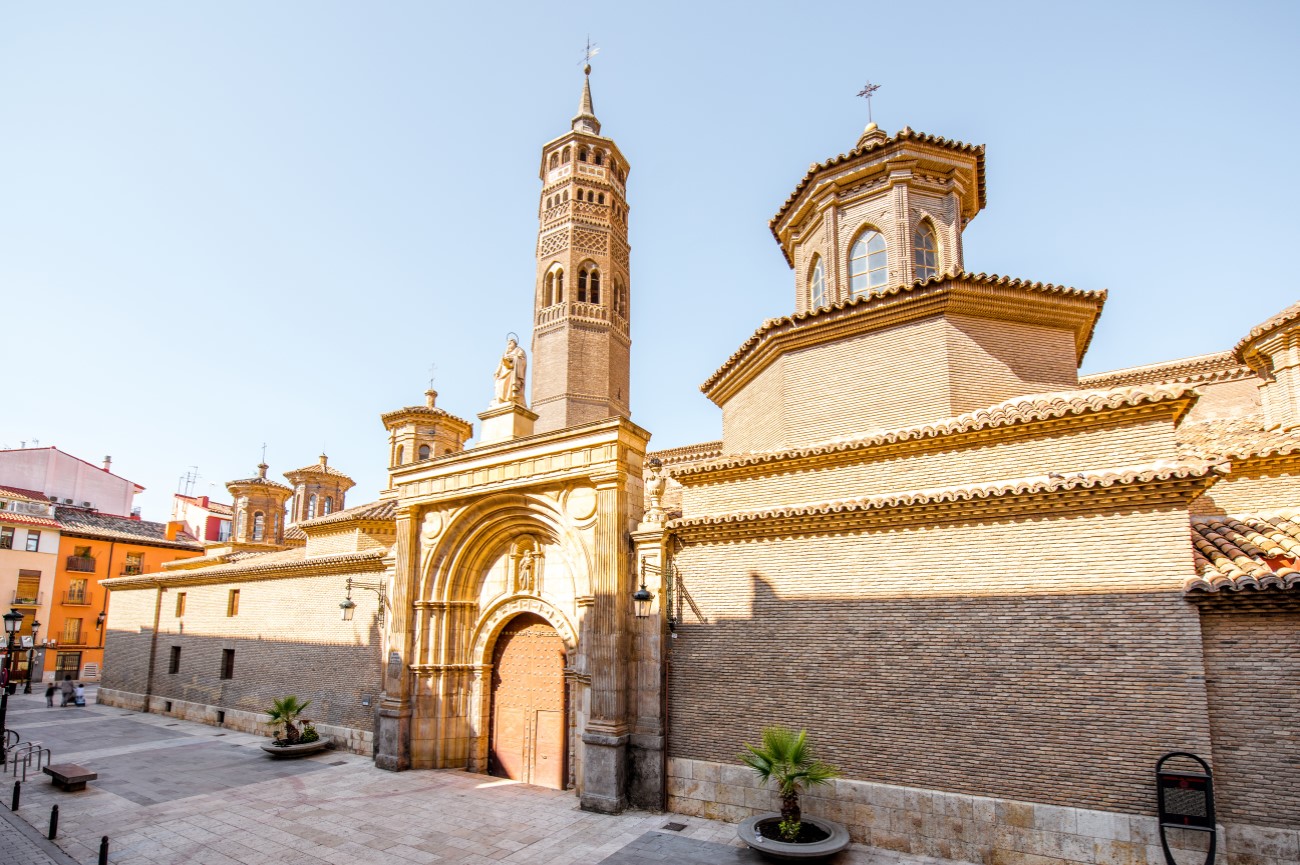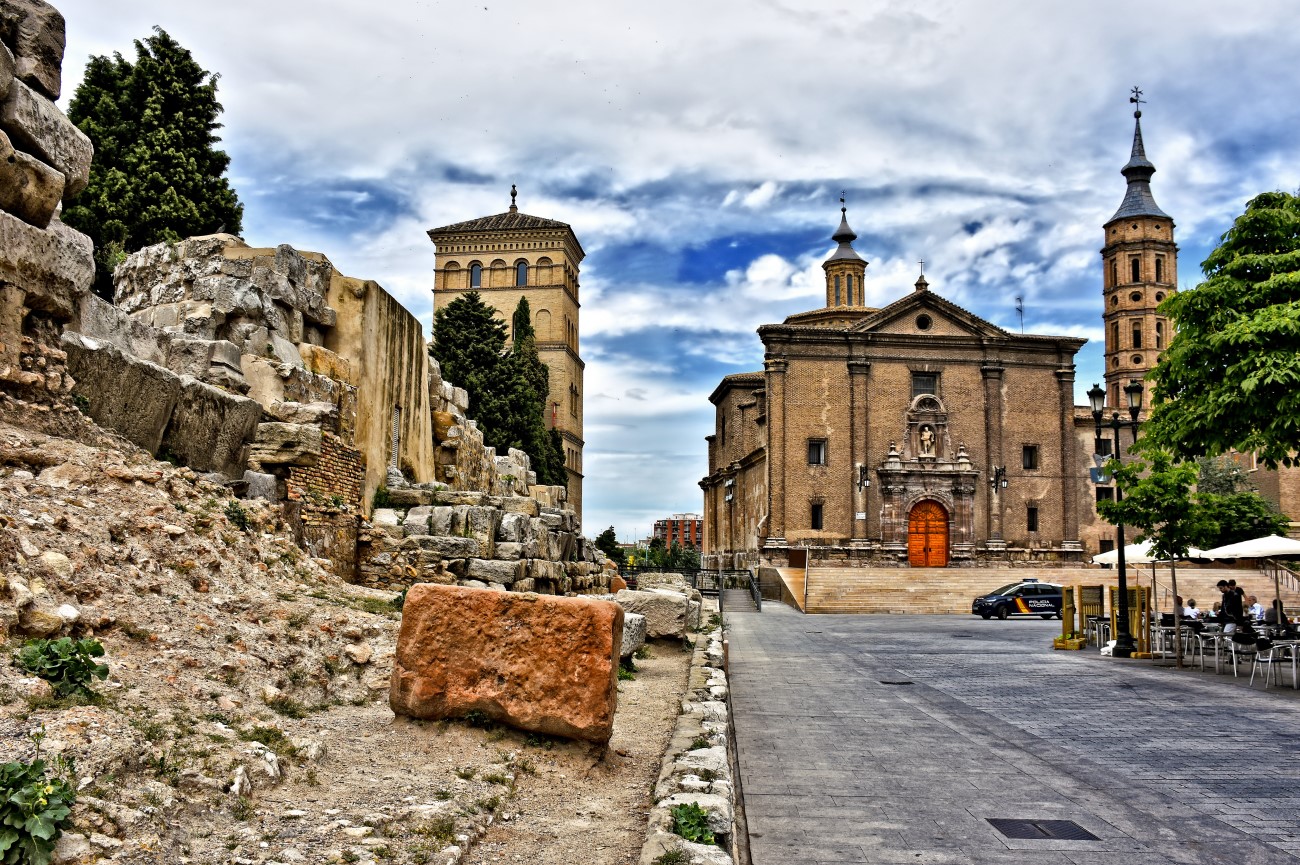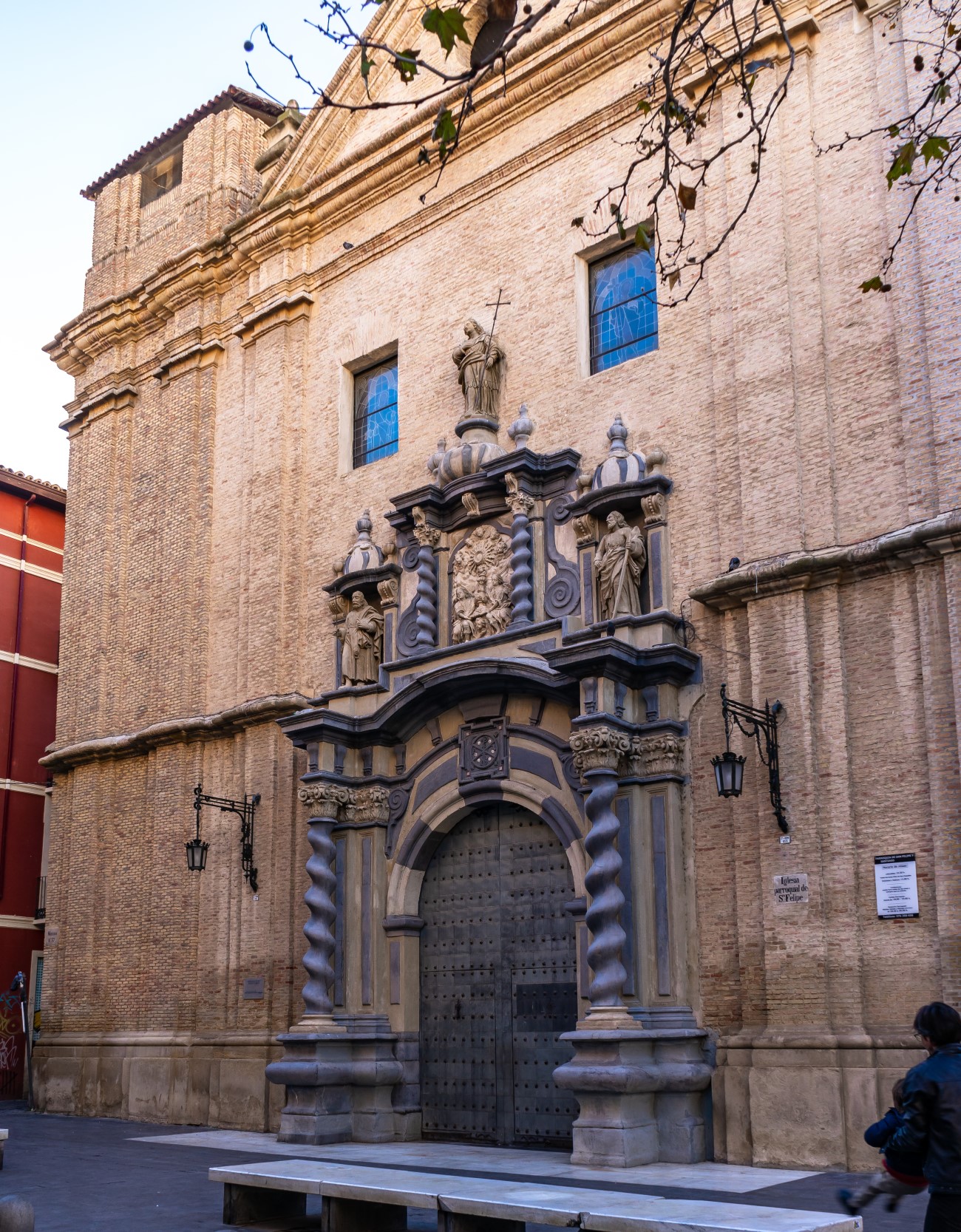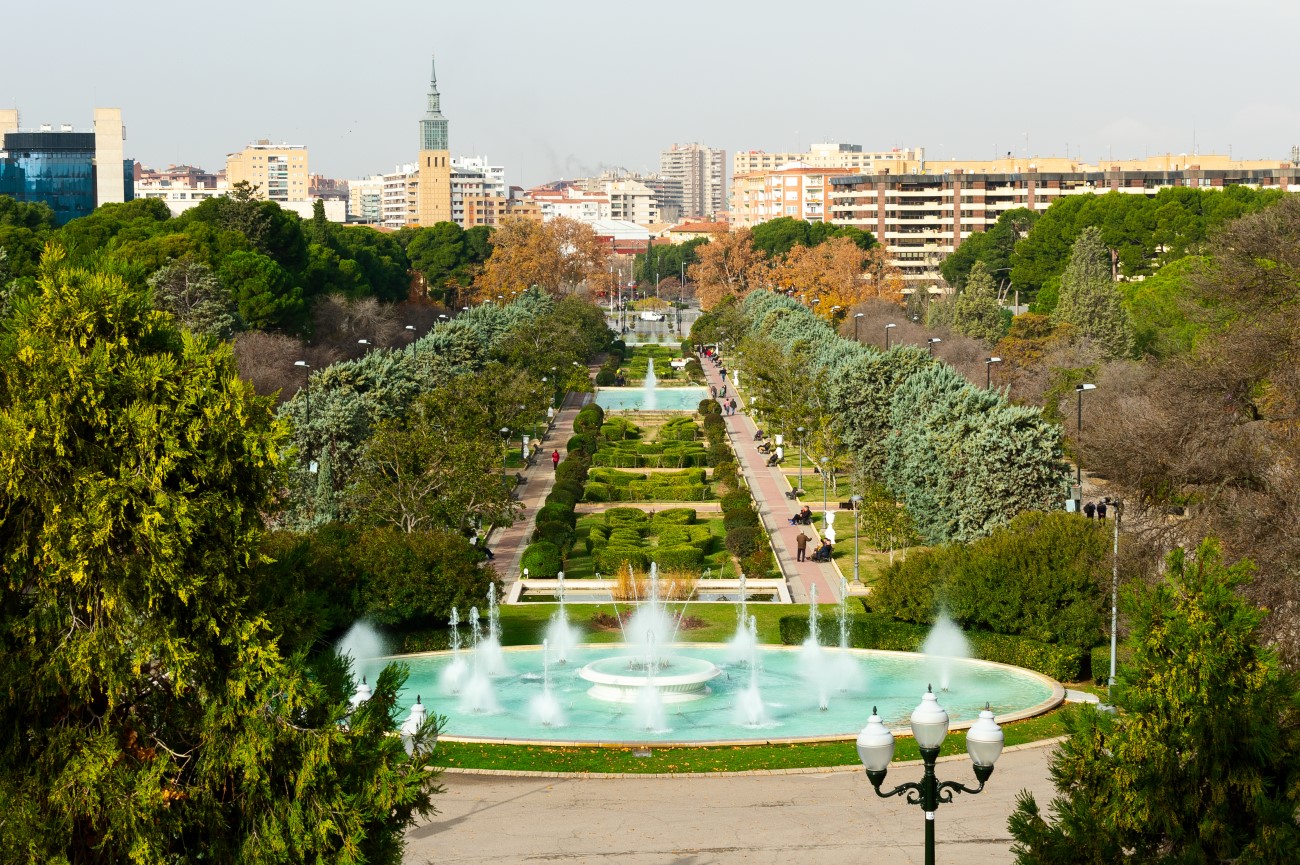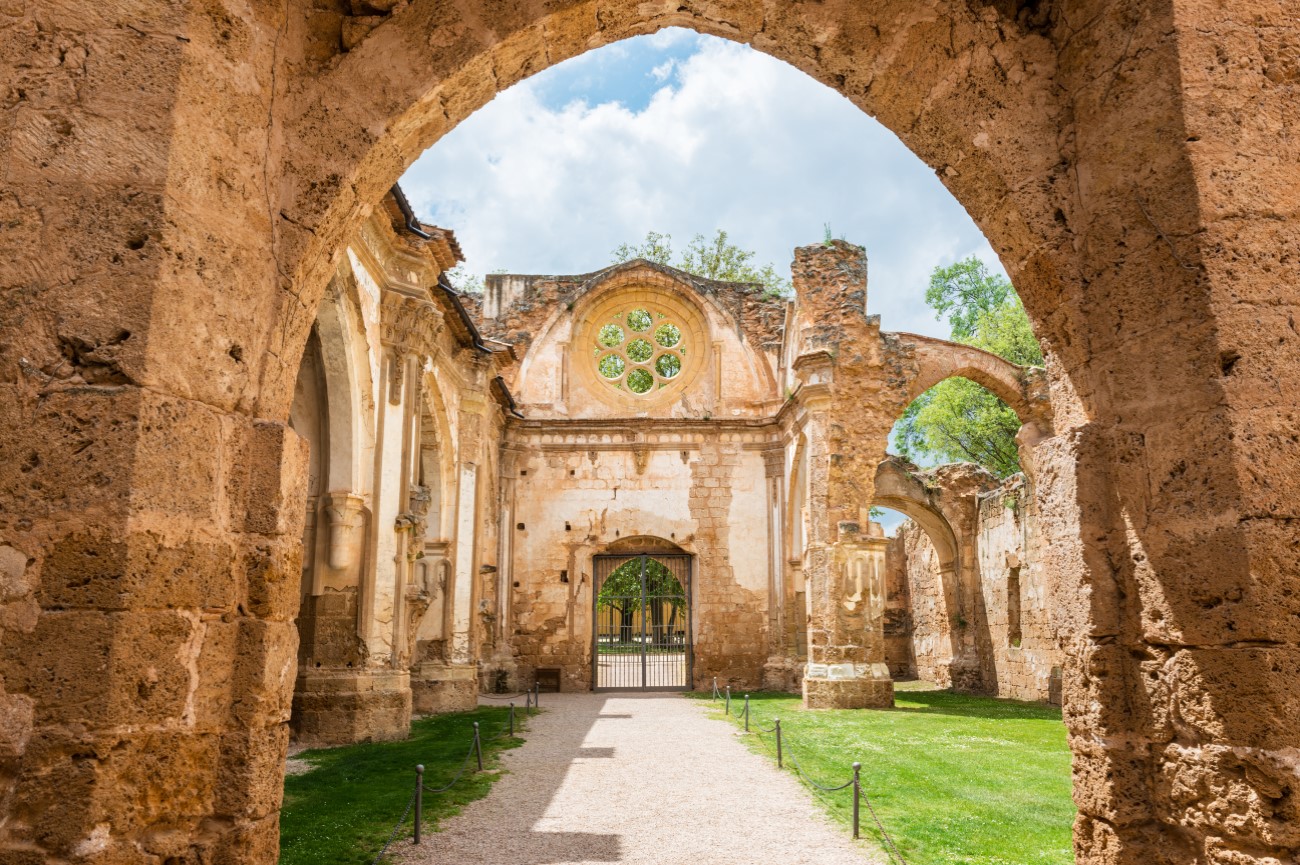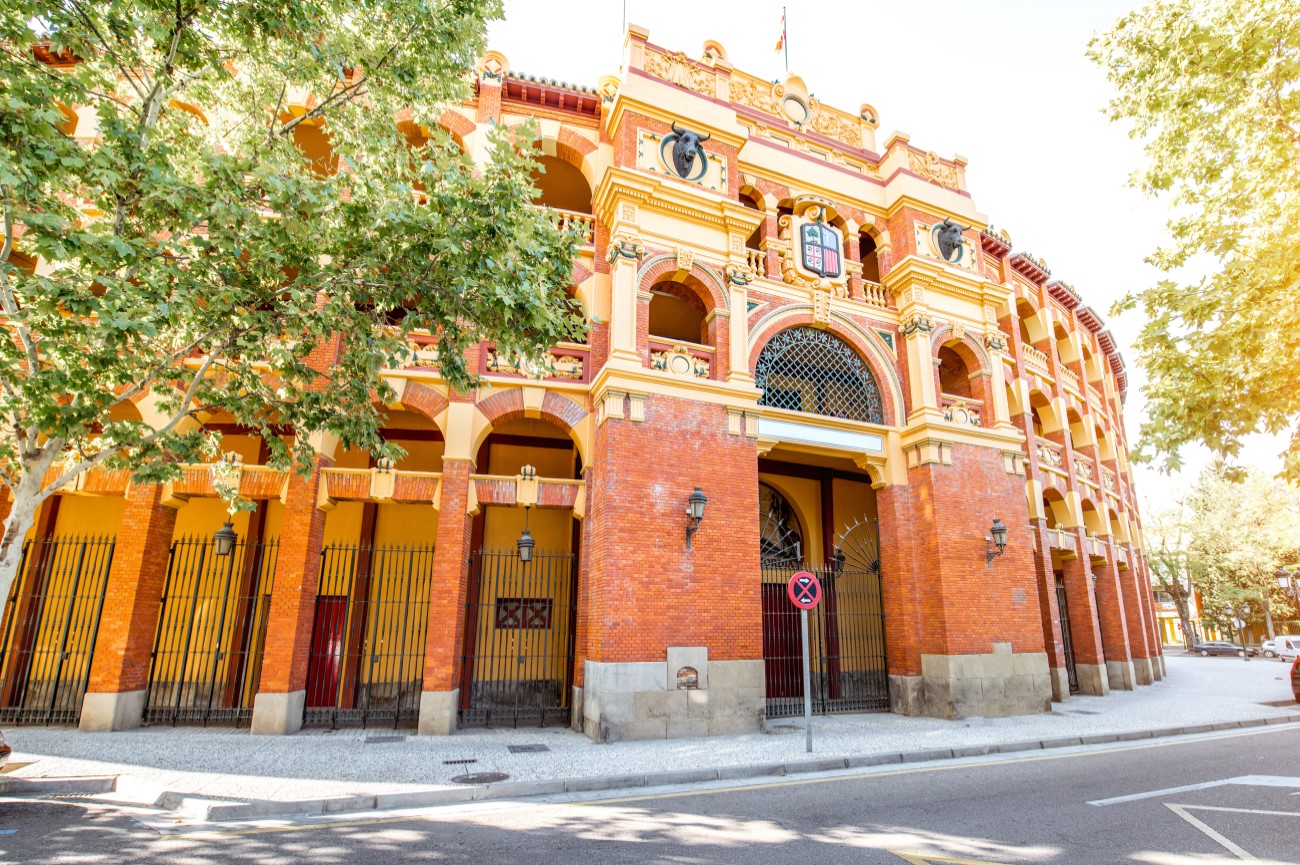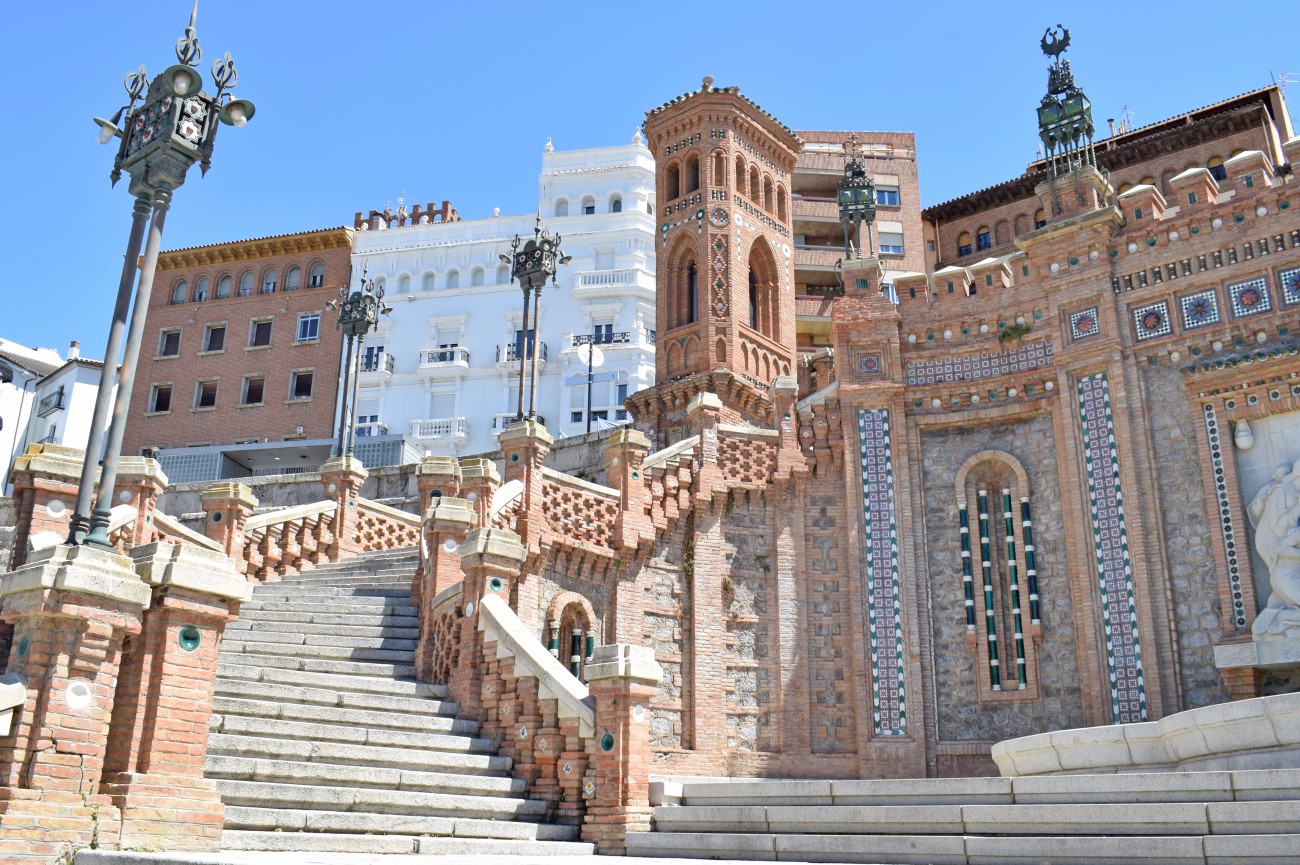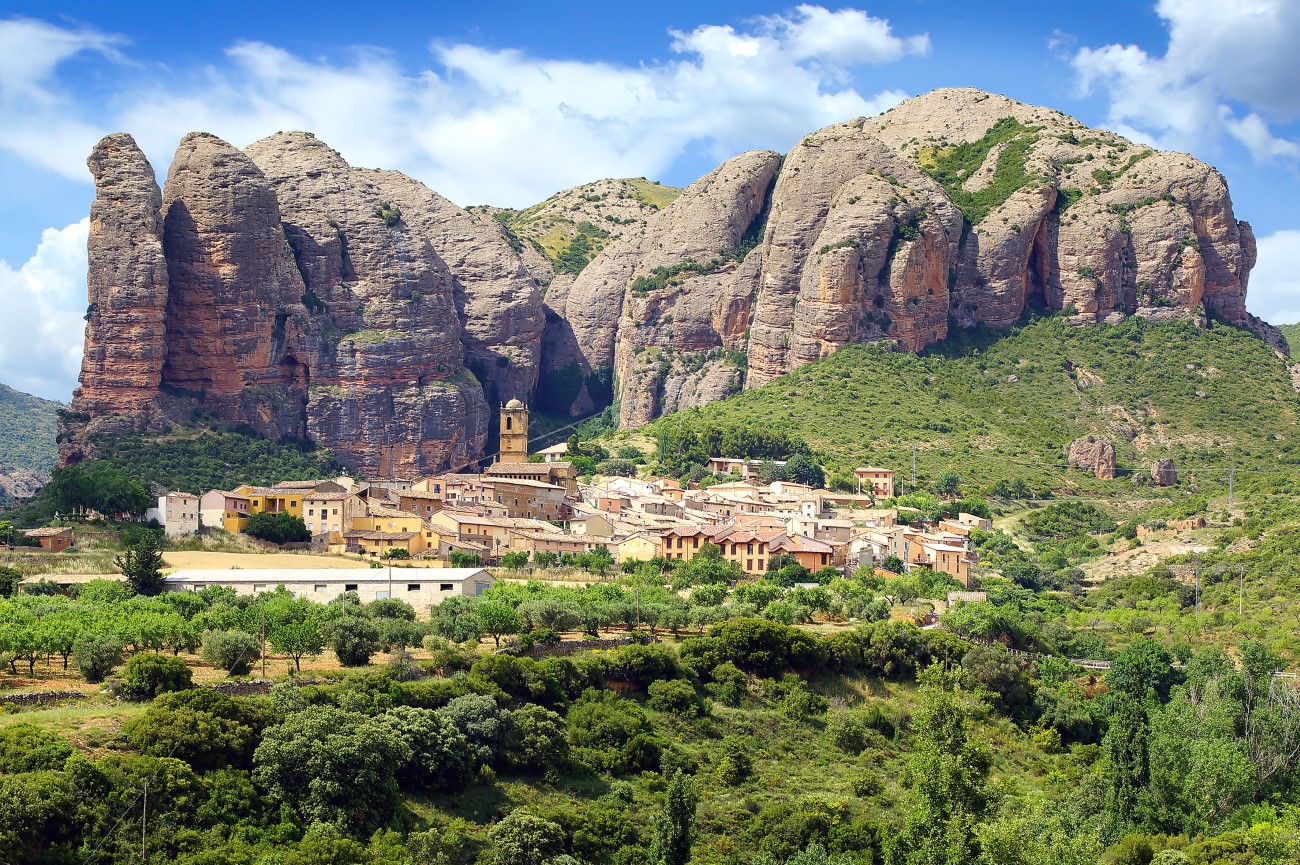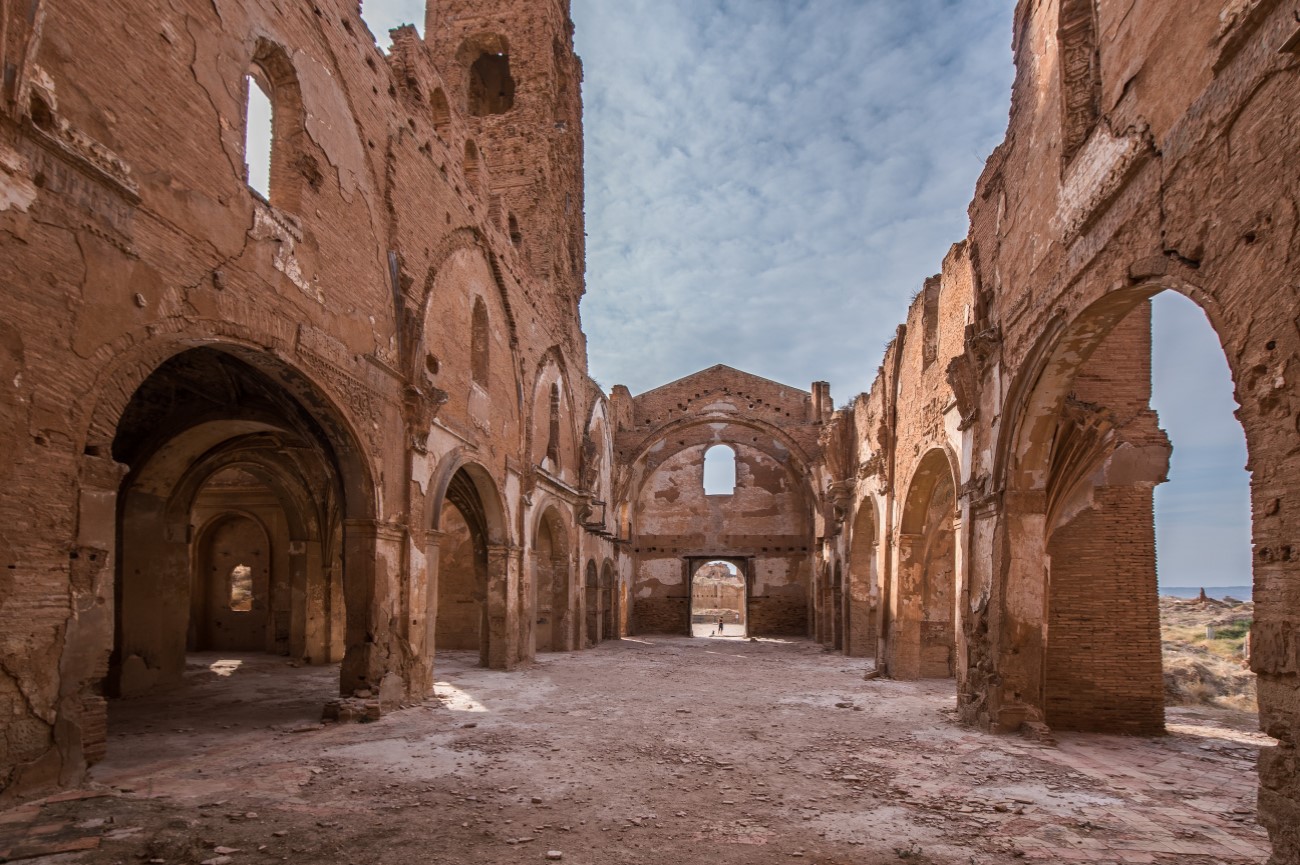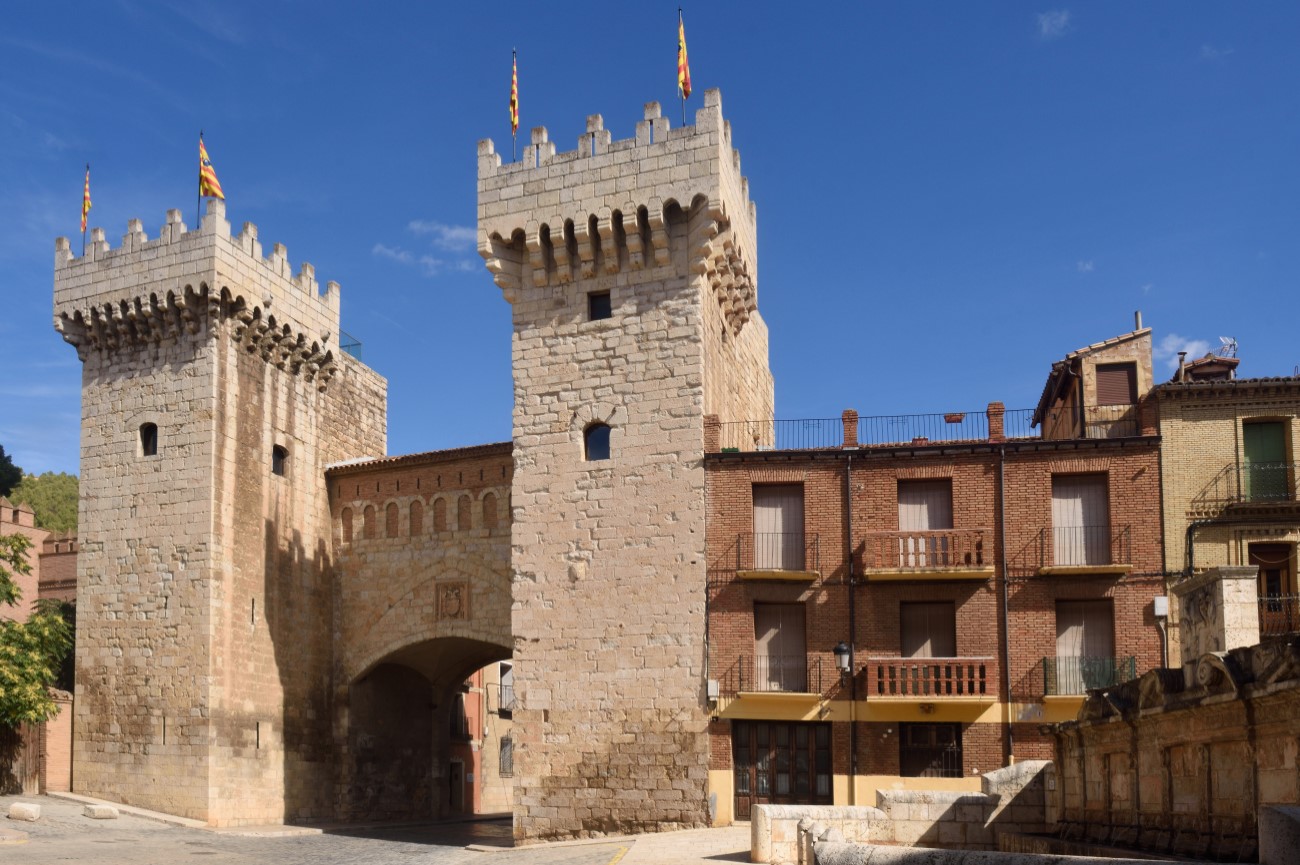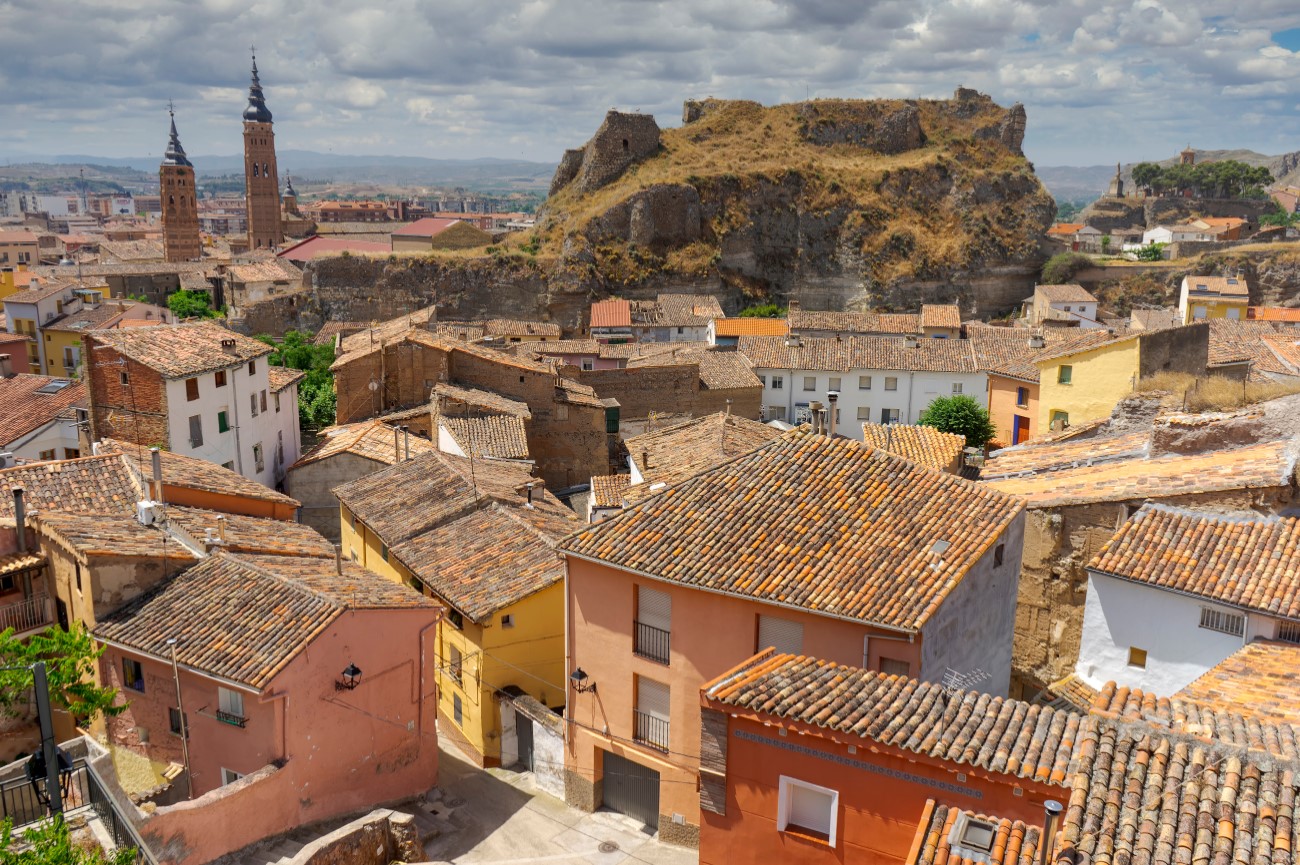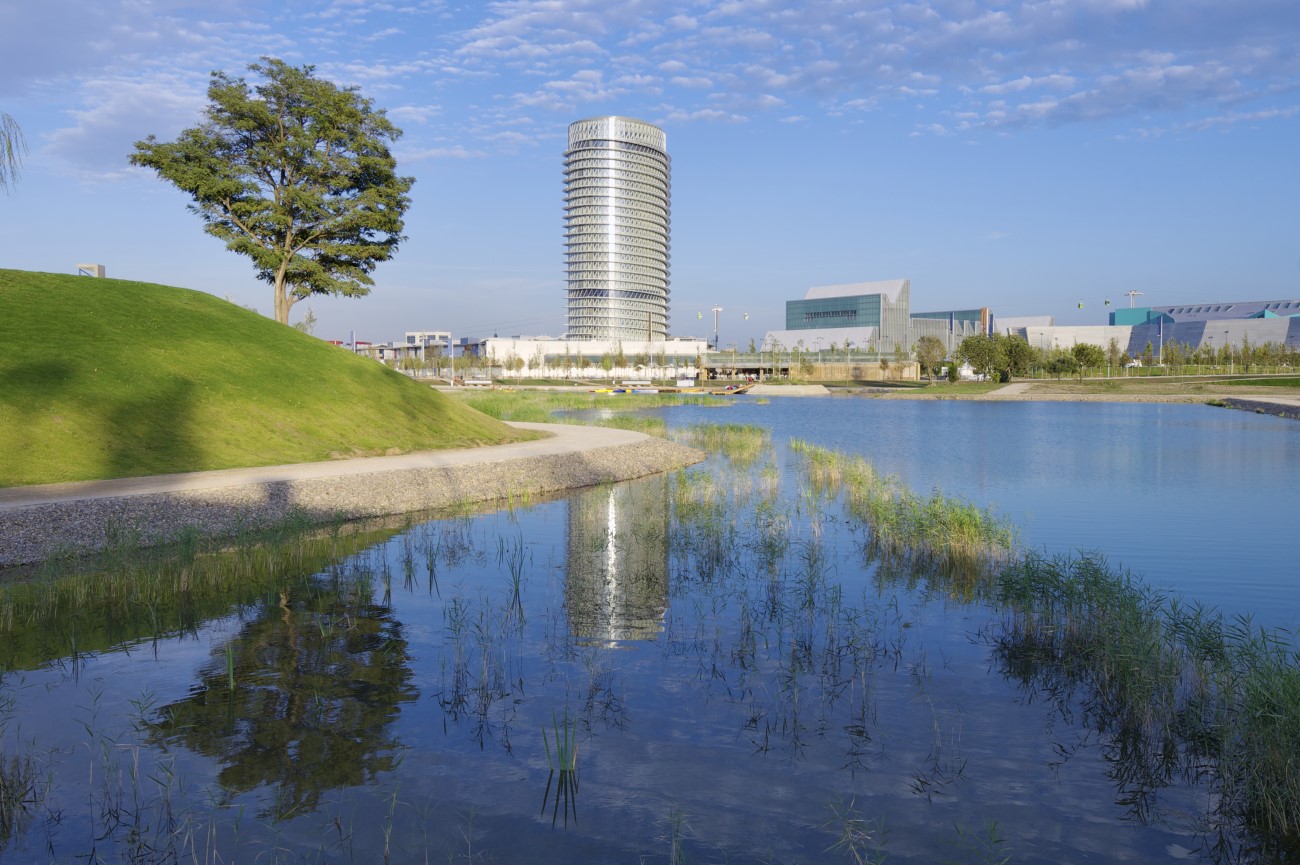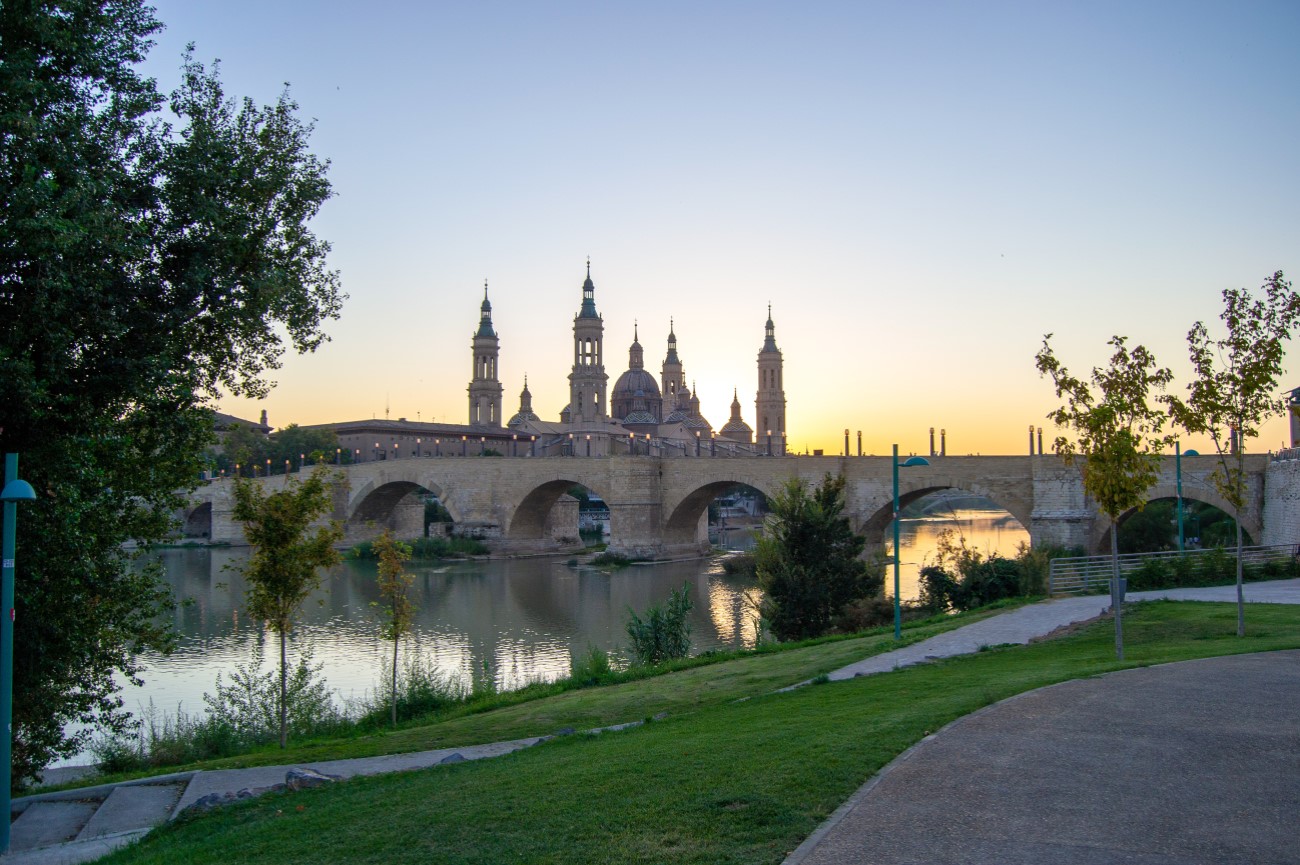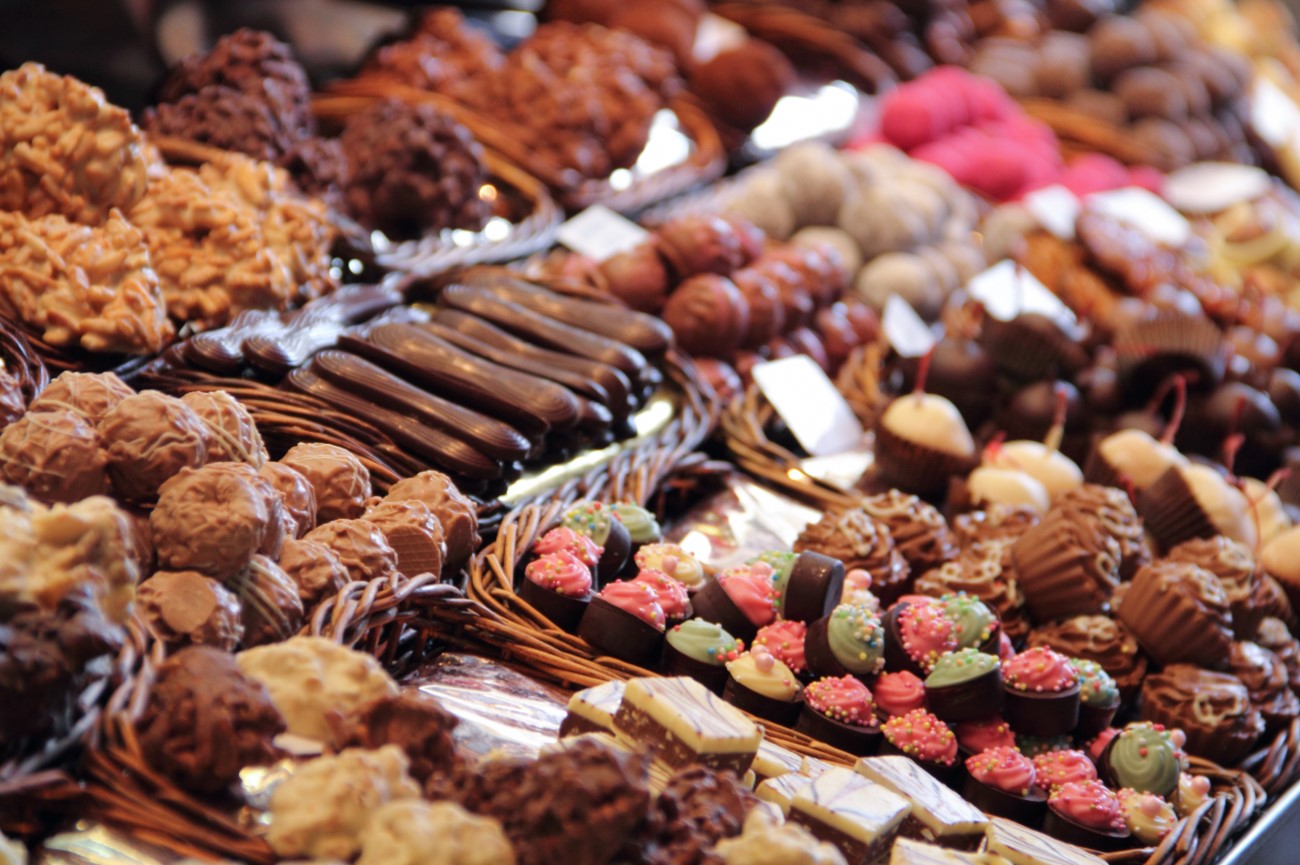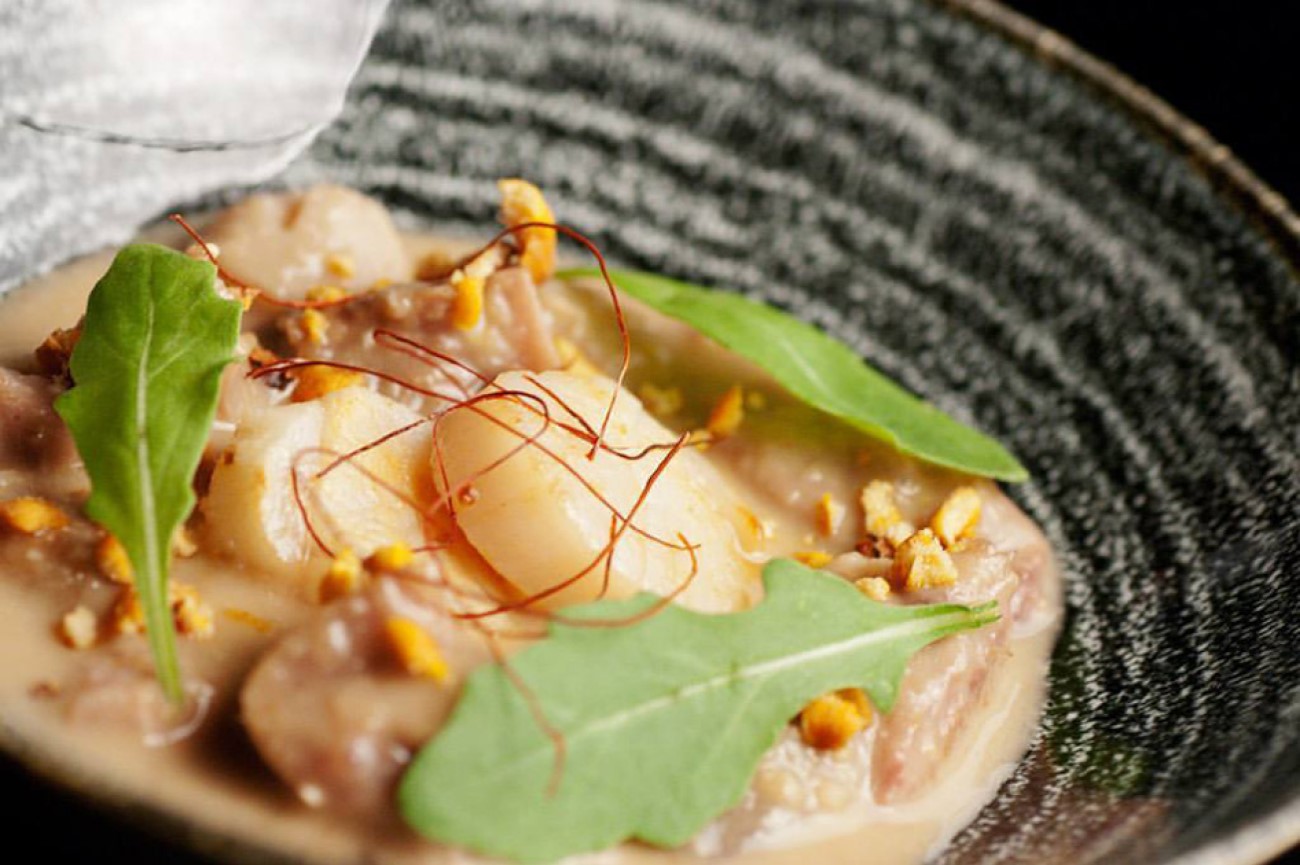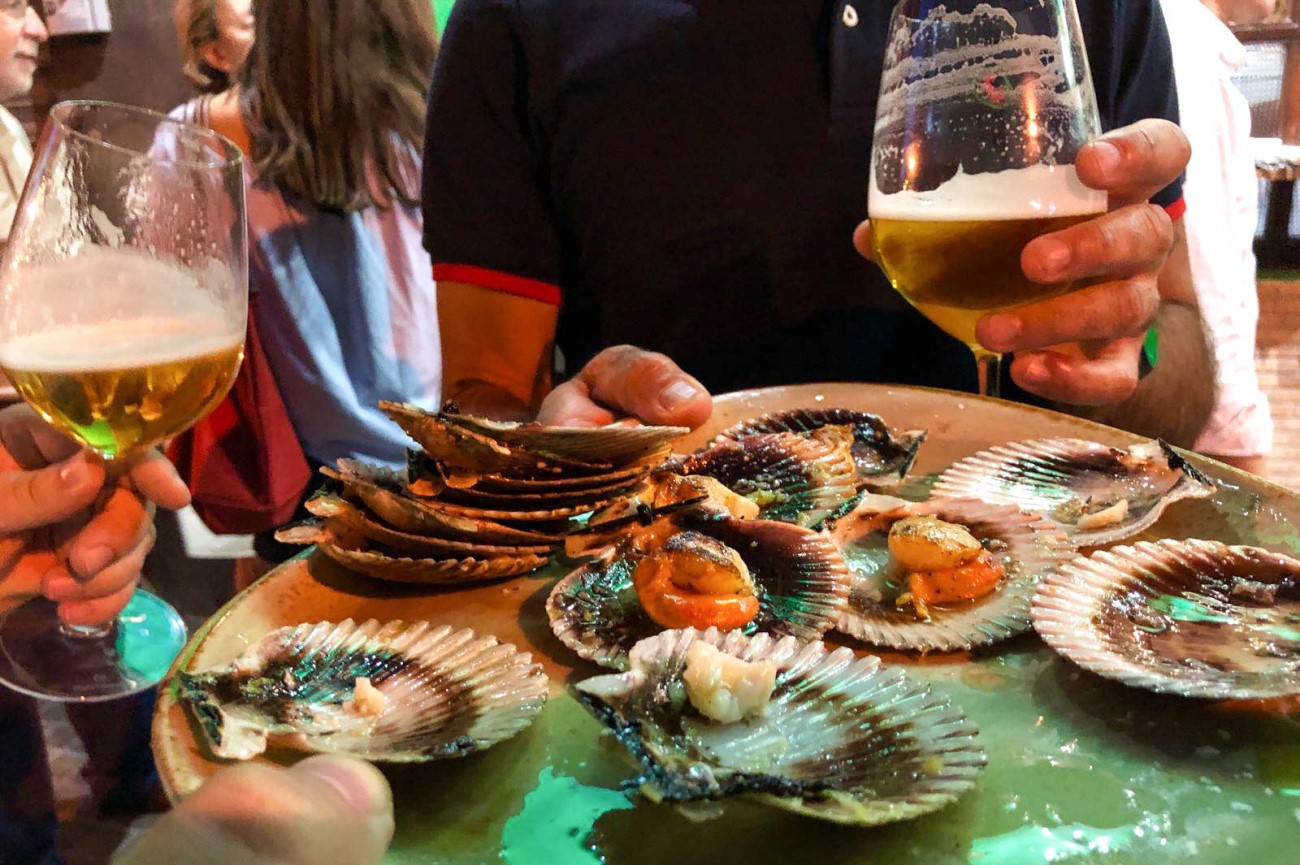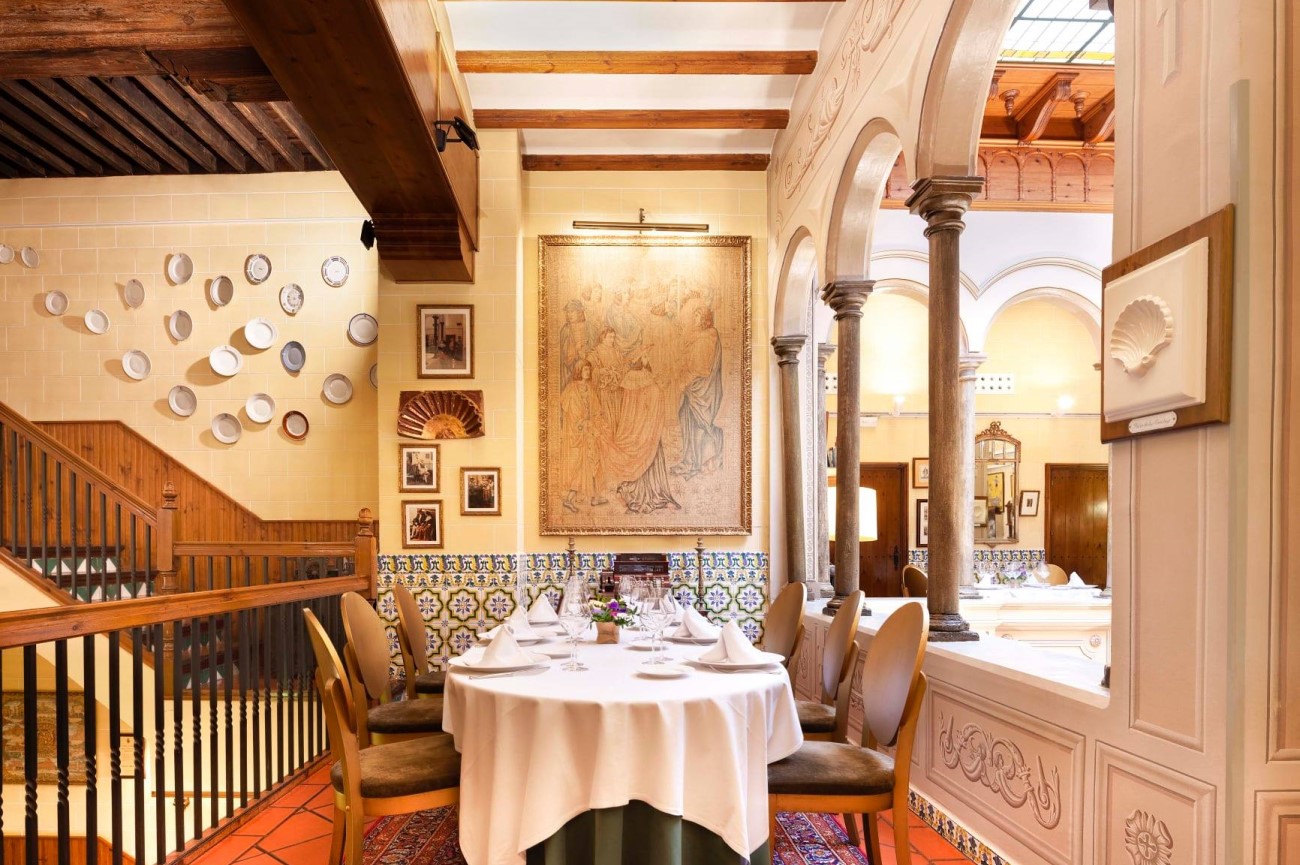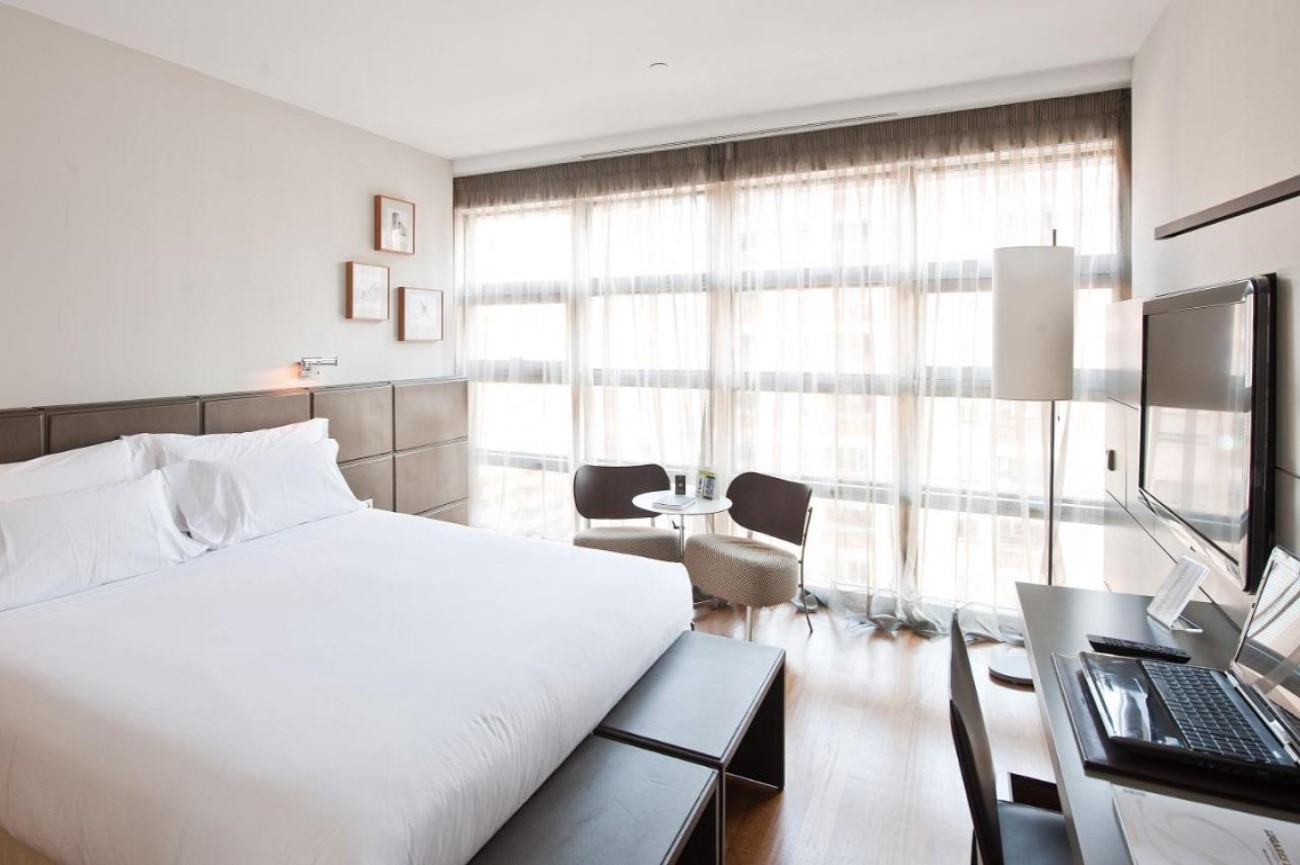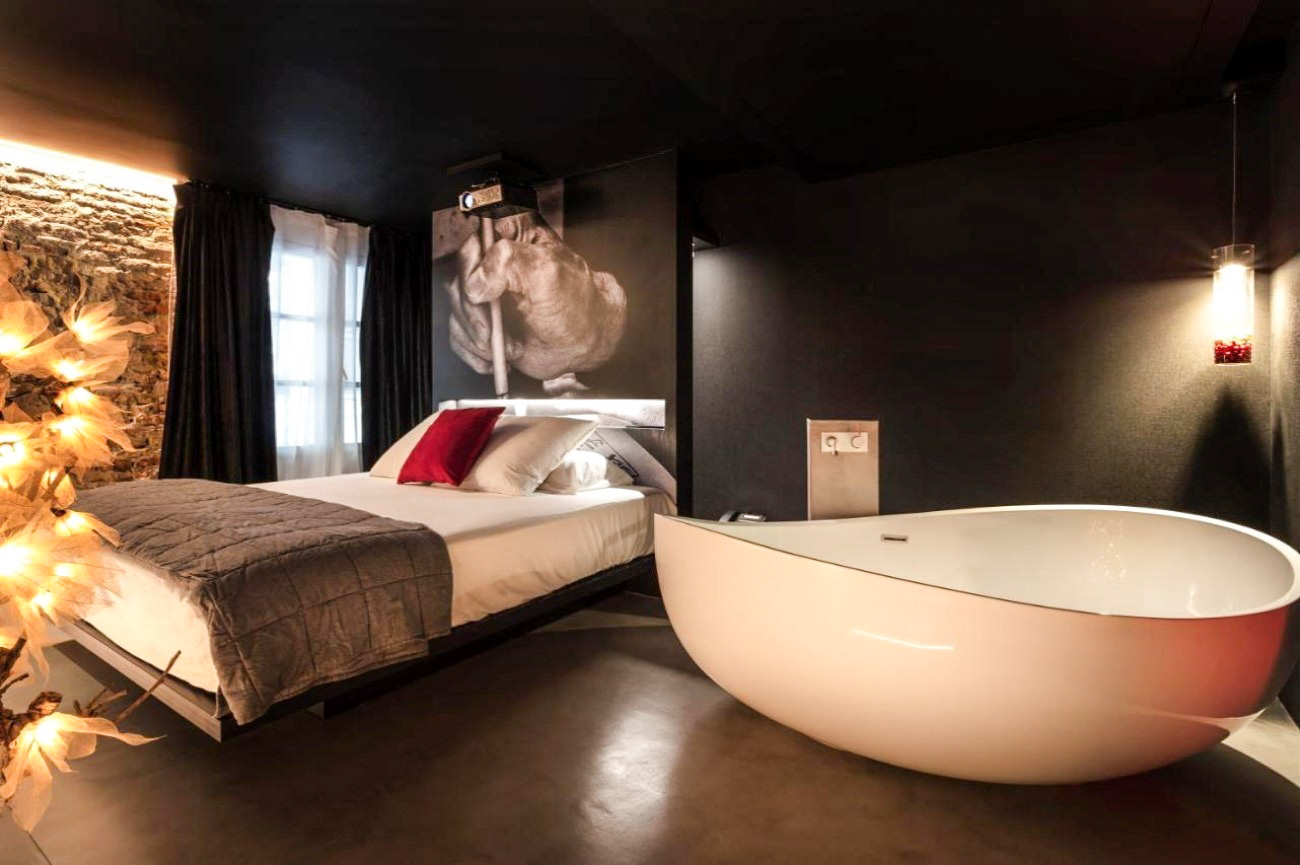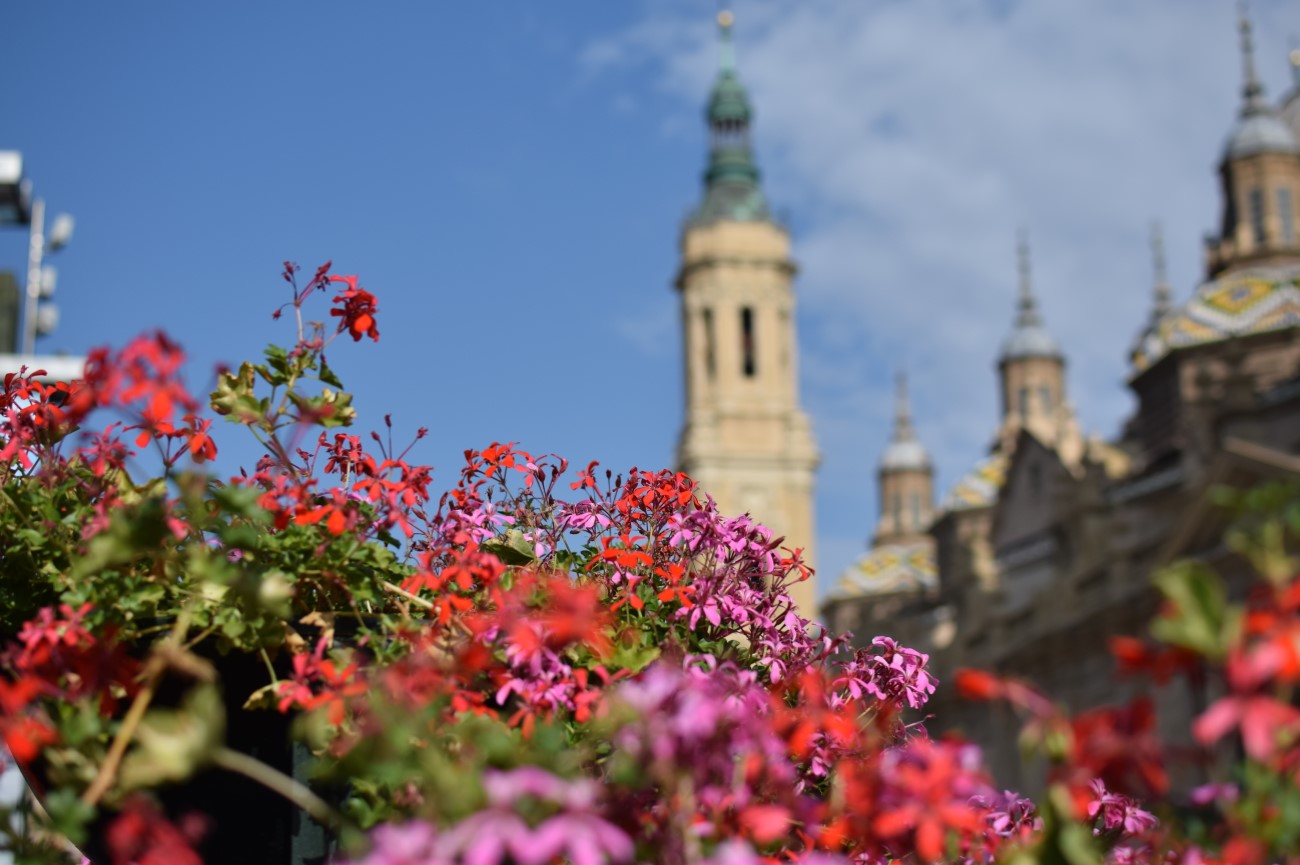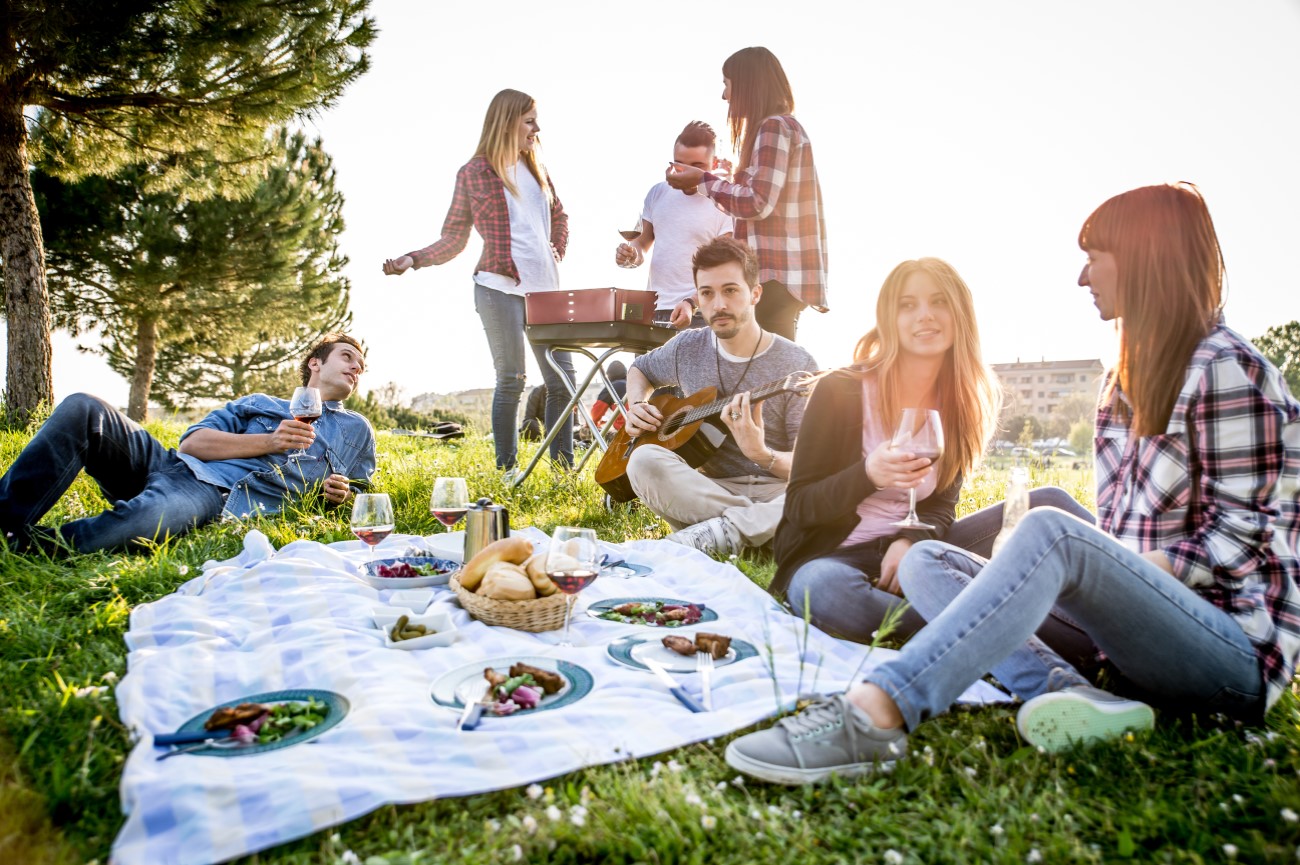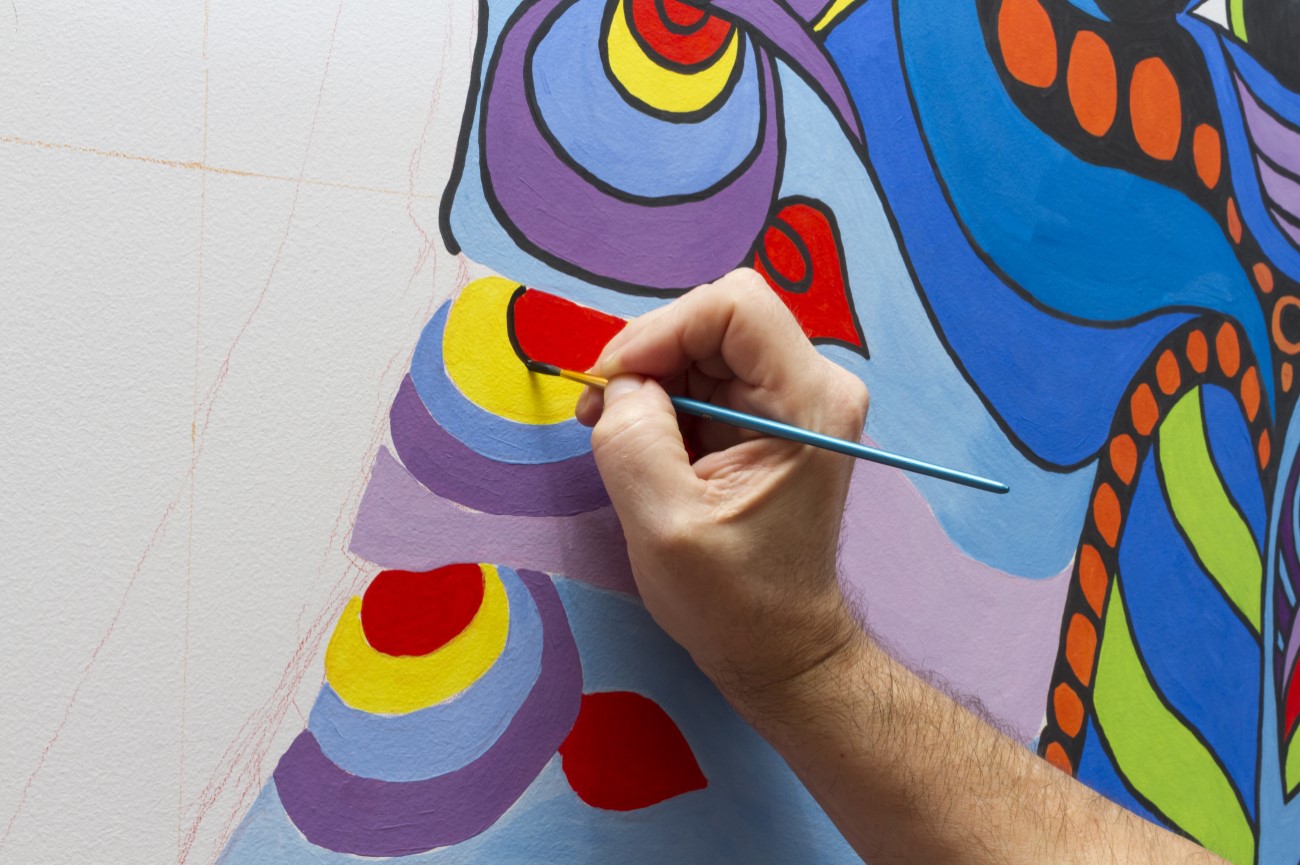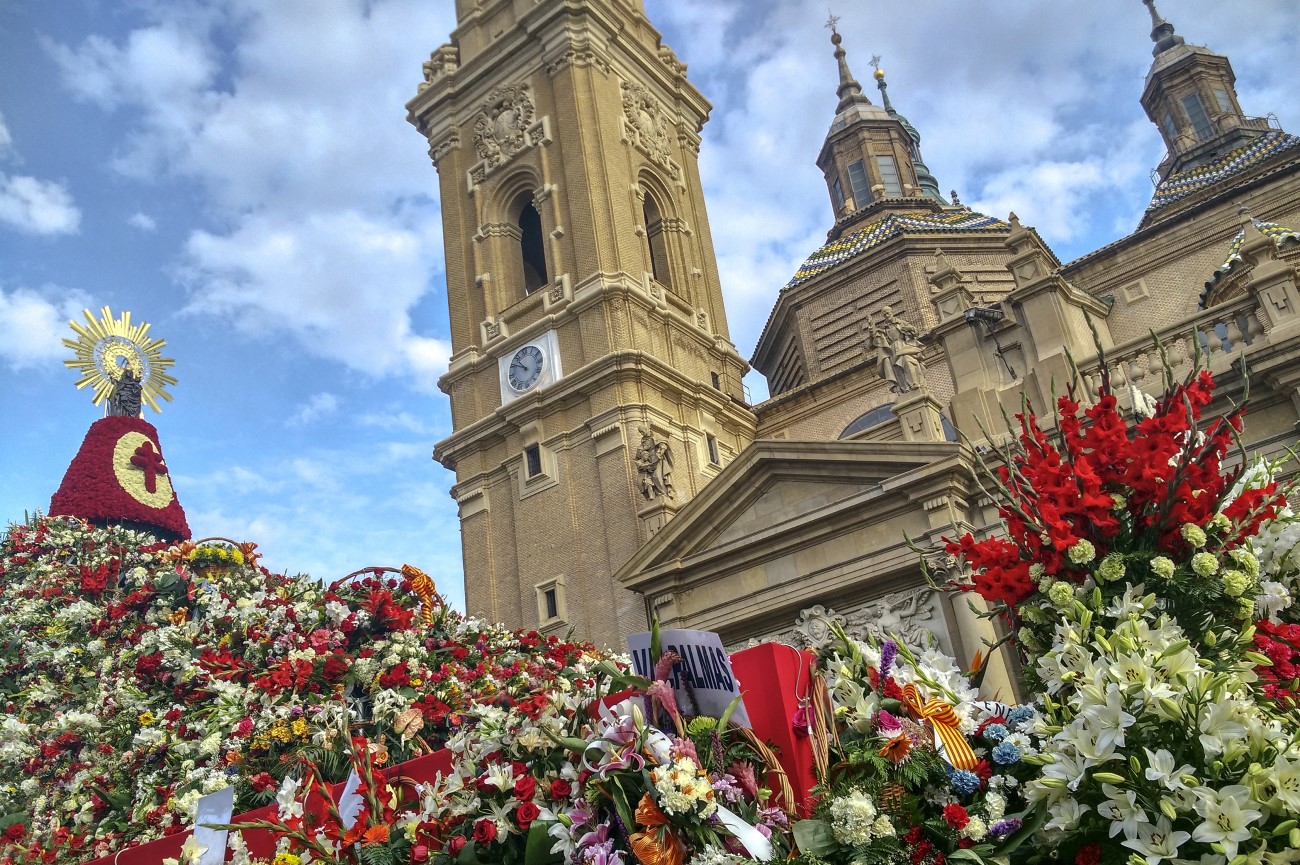Things to do in Zaragoza, Spain
On the margins of the Ebro river, lies Zaragoza, the capital of the Aragon region. It sits halfway between Madrid and Barcelona and is one of Spain’s largest cities. Often overlooked by tourists, Zaragoza is worth the visit for its remarkable history and architecture. Visitors will discover ancient Roman theatres alongside Moorish fortresses and Baroque churches.
The city’s most important landmarks include La Seo Cathedral, the Basílica de Nuestra Señora del Pilar and the Aljafería Palace. It’s also the best place to see the works of the famous Spanish artist Goya, who was born near Zaragoza.
Our two-day itinerary includes the best things to do in Zaragoza, from the top attractions to places to eat and festivals you can’t miss.
Day 1
Morning: Plaza del Pilar (Basílica de Nuestra Señora del Pilar and La Lonja)
Plaza del Pilar is the central square of Zaragoza, making it the perfect starting point for your tour of the city. It’s here you’ll find the Basílica de Nuestra Señora del Pilar, one of the main attractions in Zaragoza.
Overlooking the river, this imposing Baroque cathedral was originally designed in 1861, but its current look is from the 18th century. Step inside to admire the opulent interior and then head to the rooftop for incredible city views.
Other attractions on Plaza del Pilar include the contemporary fountain Fuente de la Hispanidad, a Goya memorial and La Lonja, a striking Renaissance building that now uses an art gallery. Locals have also nicknamed the square “El salón de la ciudad” as many local festivities take place here. After the cathedral you can continue to explore the old town, walking through Calle del Alfonso to see some shops and cafés.
Puente de Piedra
Even if you’re not crossing the Ebro river, it’s worth walking by the Puente de Piedra. This stone bridge is among the most recognised landmarks in Zaragoza. It connects the old town to the modern part of the city and is the perfect picture spot to capture the Basílica de Nuestra Señora del Pilar. There’s been a bridge here since at least the Roman era, but the current one dates back to the 15th century, with renovations being made over time. The bronze lions designed by sculptor Francisco Rallo were only added in 1991.
Catedral del Salvador de Zaragoza (La Seo)
You can’t leave Zaragoza without seeing its second cathedral, the Catedral del Salvador de Zaragoza. Also known as La Seo, this World Heritage site was established on top of an ancient Roman forum, a Visigoth church and a Muslim mosque. The result is an eclectic building that combines a variety of architectural styles including Múdejar, Gothic, Renaissance and Baroque. Among its most recent features is the 17th-century bell tower. Inside, you can admire the lofty gold and white ceilings and elegant altarpieces dating back to the 15th century. The ticket also gives you access to the Museo de Tapices, a tapestry museum that has one of the best collections of this kind, mostly including French and Flemish pieces from the 14th to the 17th century.
Palacio de la Real Maestranza de Caballería de Zaragoza
Close to La Seo, is the Palacio de la Real Maestranza de Caballería de Zaragoza. Established in the 16th-century, it’s a typical Renaissance palace built for Don Miguel Donlope, a notable local jurist. Since 1912 it’s been the headquarters of the Real Maestranza, hence its current name. If it’s a weekend you might catch a tour of the inside, where you can admire the striking wooden dome with Múdejar motifs.
Day 1, morning - Zaragoza Tour Map
Afternoon: Zaragoza Museums
You can spend all day exploring Zaragoza’s museums. From Roman ruins to contemporary art, there’s a museum here for everyone. To learn more about the city’s Roman heritage make sure to check the Caesaraugusta museum route. It includes the Public Baths Museum, the Caesaraugusta Theatre Museum and the Forum Museum, all of which explore the history of the ancient Roman city of Caesaraugusta that stood in this area around the year 14BC.
Art lovers will enjoy a visit to the Goya Museum dedicated to the work of Francisco de Goya, as well as the Contemporary Art Centre IAACC Pablo Serrano and the Museo Pablo Gargallo. Kids, on the other hand, will have fun exploring the Origami Museum. There are also religious museums such as the Alma Mater Museum on the site of a former episcopal palace and the Museo de los Faroles y Rosario de Cristal with its stunning stained-glass creations.
Iglesia de Santa María Magdalena
After visiting the museums, take a walk to the Iglesia de Santa María Magdalena. Located in the heart of the Barrio la Magdalena, this church stands out with its Mudéjar tower, resembling a minaret. It was closed for 17 years for restoration works and only reopened in 2019. You can visit the inside during worship days and admire its Baroque interior. There are also guided tours available that give you access to the tower with its panoramic city views. You can find out more about these tours at the Alma Mater Museum.
Paseo de la Independencia
If you’re in the mood for a bit of shopping, head down to Paseo de la Independencia. It’s the city’s main shopping boulevard home to a variety of international brands such as Zara and Massimo Dutti. Even if you’re not buying anything, it’s worth walking through here to admire the architecture. Outstanding buildings include the Edificio de Correos and the Heraldo de Aragon headquarters.
Plaza de los Sitios
From Paseo de la Independencia, take a walk to the Plaza de los Sitios, passing through the Basílica of Santa Engracia to admire the church’s Plateresque façade. Los Sítios is a picturesque square home to the Museo de Zaragoza. Housed in a neo-Renaissance building, this museum was built for the Hispano-French Exposition in 1908. It’s one of the oldest museums in Aragon and features a collection of archaeology, ceramics and fine art pieces, including works by Goya.
Day 1, Afternoon - Zaragoza Tour Map
Day 2

Morning: Aljafería Palace
Begin your second day in Zaragoza with a tour of the Aljafería Palace. This fortified Islamic palace is among the best examples of Múdejar architecture in Spain. The country was under Moorish rule for nearly 800 years and you can still see traces of this era in many of its buildings. Most of these are located in the south, but Aljafería is a prime representation of this style outside of Andalusia. Dating back to the 11th century, the palace features stunning Arabic arches and intricate carvings. It was used by the Catholic Kings and later served as military barracks. These days, it’s the headquarters of the Aragon parliament and it’s open to visitors.
El Gancho Street Art
After the palace, take a wander around El Gancho. This local neighbourhood is famous for its street art scene. You can see many murals around Calle de Las Armas and its side streets. It’s around this area you’ll find many of the artworks produced during the city’s annual urban art festival Asalto. If you need a break, stop by the Restaurante Las Armas for a drink on their terrace.
Parish Church of San Pablo
Continue walking towards the Central Market, stopping by the Church of San Pablo on your way there. The original building dates back to the 13th/14th-century, but it was modified and enlarged over the years. It’s another fine example of Mudéjar architecture in Zaragoza and has been a World Heritage site since 2001. Highlights include the octagonal brick tower, the Gothic north façade and the gilded altarpiece featuring the image of Saint Paul.
Zaragoza Central Market
The Mercado Central is the city’s main food market. The current building is from 1903, but there’s been a market here since at least the Middle Ages. Even if you’re not buying anything, it’s worth passing through to admire the market’s stunning Art Nouveau façade. Inside there are a variety of stalls selling anything from vegetables to seafood and baked goods. You can grab some ingredients here and then head to one of the city’s parks for a picnic.
Afternoon: Plaza César Augusto
From the market, head down to the river and stop by Plaza César Augusto. This city square is surrounded by several historical landmarks. There are the Murallas Romanas, one of the first Roman fortresses erected in the ancient Caesaraugusta, more than 2000 years ago. On top of these, there’s the Torreon de la Zuda, a building that started as the headquarters of the Moslem governors and later served as a residential palace for the Aragon monarchs. On the other side of the square, you’ll find the Baroque church of San Juan de los Panetes.
Plaza San Felipe
After Plaza César Augusto, make your way to another picturesque square, the Plaza San Felipe. Overlooking the square is the Iglesia de San Felipe y Santiago el Menor. Construction of this church began in 1686, but it was only completed in the 18th century, resulting in a mix of Baroque and Classical elements. Also in the area is a museum dedicated to the Spanish sculptor Pablo Gargallo and a statue of a little boy who is said to be looking at a tower that used to stand here.
Patio de la Infanta
Finally, take a walk towards the Patio de la Infanta. Built in the middle of the 16th century, it was once part of a palace on Calle de San Jorge owned by the banker Gabriel Zaporta. It has a typical Aragonese Renaissance style featuring ornate friezes and columns. The building was left abandoned in the 19th century and most of it was demolished, only the courtyard and the entrance remained. These were acquired by a French antiquarian and returned to its current location in the 1950s. Today the patio houses the Ibercaja bank’s art collection and hosts many temporary exhibits.
Day 2 - Zaragoza Tour Map
Other Things to See in Zaragoza
- Casa Solans: Most of Zaragoza’s attractions are on the west side of the river. If you have a bit more time, it’s worth crossing to the other margin to see the city’s more modern buildings. Among them is the Casa Solans, a stunning Art Nouveau palace designed in the 1920s for industrialist Juan Solans.
- José Antonio Labordeta Park: On the outskirts of the city is the Parque José Antonio Labordeta. This large park is the perfect place for a relaxing stroll or a picnic. It features botanical gardens, sculptures and a few cafés. You can walk here or take a tram from Plaza de España.
- Monasterio de Piedra: About one hour and a half away from Zaragoza, you’ll find the Monasterio de Piedra. This Cistercian monastery dates back to the 13th century, but it was closed down in the 1830s. Later it was acquired by private owners who converted the grounds into a huge wooded park filled with caves and waterfalls. The Monks of this monastery were among the first to sample and produce chocolate in Europe and you can still have chocolate tastings here today. There are buses from Zaragoza to the monastery pretty much every day.
- Plaza de Toros: Open since the 18th century, Zaragoza’s bullring started as a wooden arena but only gained its current neo-Mudéjar style around 1916. It was the first ring to have a roof in Spain. Bullfighting events still take place here today, especially around October. You can access the main door from Calle Vicente Gómez Salvo.
Day Trips From Zaragoza
- Teruel: About two hours south from Zaragoza is Teruel. This hilltop town is famous for its remarkable Múdejar buildings, a style that combines Gothic and Islamic elements. Ornate wooden ceilings and glazed tiles can be seen in the town’s towers and churches, many of which are Unesco sites.
- Huesca: To the north of Zaragoza is the picturesque town of Huesca. It’s worth exploring its medieval streets dominated by a Gothic Cathedral. Other attractions include the Romanesque San Pedro el Viejo Abbey, the Miguel Servet Park and the Castillo de Montearagón.
- Belchite: The village of Belchite is a stark reminder of the horrors of the Spanish Civil War. Many of its buildings were destroyed during a battle in 1937, leaving nothing but ruins. Today, visitors can join guided tours of the area, which features the remains of four churches from the 18th century and earlier.
- Tarazona: Halfway between Logroño in La Rioja and Zaragoza, you’ll find Tarazona. Its old town is surrounded by earthy-coloured buildings, among which is a stunning Gothic and Mudéjar cathedral. It’s worth coming here for the Cipotegato festival in August when crowds throw tomatoes at a local dressed as a harlequin.
- Daroca: Romanesque and Mudéjar architecture converge in this charming town a few miles south of Zaragoza. Encircled by walls and red cliffs, Daroca feels like an open-air museum with its collection of stone houses and medieval towers.
- Calatayud: Nestled amid the Sistema Ibérico mountain range, you’ll find Calatayud, the largest town in Aragon after Zaragoza. When the Arabs arrived in the 8th century, they settled around the Castle of Ayub, which is how the city earned its name. Beyond the castle, visitors can enjoy several World Heritage sites, including the Colegiata de Santa María and the church San Pedro de los Francos.
Top Things to Do With Kids in Zaragoza
There are several things to do with kids in Zaragoza. Family-friendly attractions include the Zaragoza Amusement Park and the Zaragoza Aquarium, one of the largest river aquariums in Europe.
There are also many local parks where children can play such as the Agua Luis Buñuel Park and the Parque Macanaz. Other activities include kayaking by the river or renting a bike to explore the city.
Zaragoza also has a history of producing chocolate. Kids will love the Chocopass, which gives access to many of the local chocolate shops and includes five tastings.
Where to Eat in Zaragoza
Like most regions in Northern Spain, Aragon’s cuisine is very much based around hearty stews, made of meat and local vegetables. Haricot beans and onions come from Fuentes, while asparagus are common along the Ebro River. Regional specialities include cured ham from Teruel, pork loin sausage, lamb and bacalao al ajoarriero (cod with peppers and tomato sauce). Below are some of the best places to eat in Zaragoza where you can sample these delicacies and more:
- Hermanos Teresa: This little bar in the Las Fuentes area serves a variety of delicious tapas. Highlights include the bacon and borraja croquettes and the pork cheeks. Make sure to try the sweet tapas like the rice pudding with caramelised topping.
- Casa Unai: Close to the José Antonio Labordeta Park, this cosy bar stands out with its green façade. There’s a daily tapas menu written up on a chalkboard on the wall. Dishes include octopus stew with potatoes, stuffed mussels with prawns and monkfish brochette. They also have a good wine selection.
- Cancook: Chef Ramces González is behind this Michelin-star restaurant in Zaragoza. The young chef along with the house sommelier have reinvigorated the city’s food scene with their innovative dishes. They offer several tasting menus, ranging from 10 to 18 courses. For an additional cost, you can also include a wine pairing.
- Los Xarmientos: Just a few steps from the city Cathedral, you’ll find Los Xarmientos. This modern restaurant specialises in Aragonese dishes, with a special focus on grilled meats. The lamb is a must-try, but you can also sample seafood, like octopus or the barbecued cod fillet. For dessert, there’s torrija served with vanilla ice cream.
- Montal: Montal attracts visitors with its Renaissance-style interior. This gourmet restaurant has two floors. The ground floor is mostly for tapas and wine, while upstairs there’s a stunning luxury dining room with columned archways. Here, you can order tasting menus ranging from €42 to €59, which include a starter, main dish and a homemade dessert.
Where to Stay In Zaragoza
- Hotel Reina Petronila (5 stars): This contemporary hotel is located near the José Antonio Labordeta Park. The rooms are spacious and feature a minimalist decor. There’s a bar on-site and a spa with a jacuzzi, gym and an indoor pool overlooking the city.
- Hotel Catalonia El Pilar (4 stars): Housed in an early modern building, this elegant hotel is only a few steps away from the Basílica de Nuestra Señora del Pilar. The outdoor façade stands out with its wrought-iron balconies and window embellishments. Facilities include a restaurant, a bar and a small gym.
- Zrooms Apartamentos: Also near the Basílica is this stylish boutique hotel. At Zrooms you can choose between suites or apartments. Some of these come with small balconies or home cinema projectors. The location near Plaza del Pilar is ideal to explore the city’s main attractions.
Best Time to Visit Zaragoza
The best time to visit Zaragoza is in spring or autumn, when the temperatures are mild enough to explore the city. Zaragoza enjoys a long Spanish summer. June to September are the hottest months, with temperatures reaching 30ºC and even 40ºC. If you want to avoid the heat and the chilly winter days, May and October are your best bet. If you come in October you’ll also catch the Festival del Pilar, one of the city’s most important events. You can schedule your trip around other local festivities too, which we mention in the next section.
Zaragoza Festivals
- Cincomarzada: On the 5th of March, Zaragoza celebrates the 1838 ousting of Carlist troops. Concerts, games and picnics are all part of the party which takes over the city’s parks, with the main venue being Parque Tío Jorge.
- Festival Asalto: Every year around September, Zaragoza hosts the Festival Asalto. For a week, Spanish and international artists come together to paint some of the city’s walls with their colourful murals. Most of the action happens around the El Gancho neighbourhood. Alongside these are a series of workshops and music concerts.
- Fiestas del Pilar: If you visit Zaragoza in October, you can’t miss the Fiestas del Pilar. This week-long festival is the biggest celebration in the city and includes huge parades and street performances. The main event, however, is the Flower Offering on the 12th of October when hundreds of locals pile flowers around the Virgin statue brought on to Plaza del Pilar.


